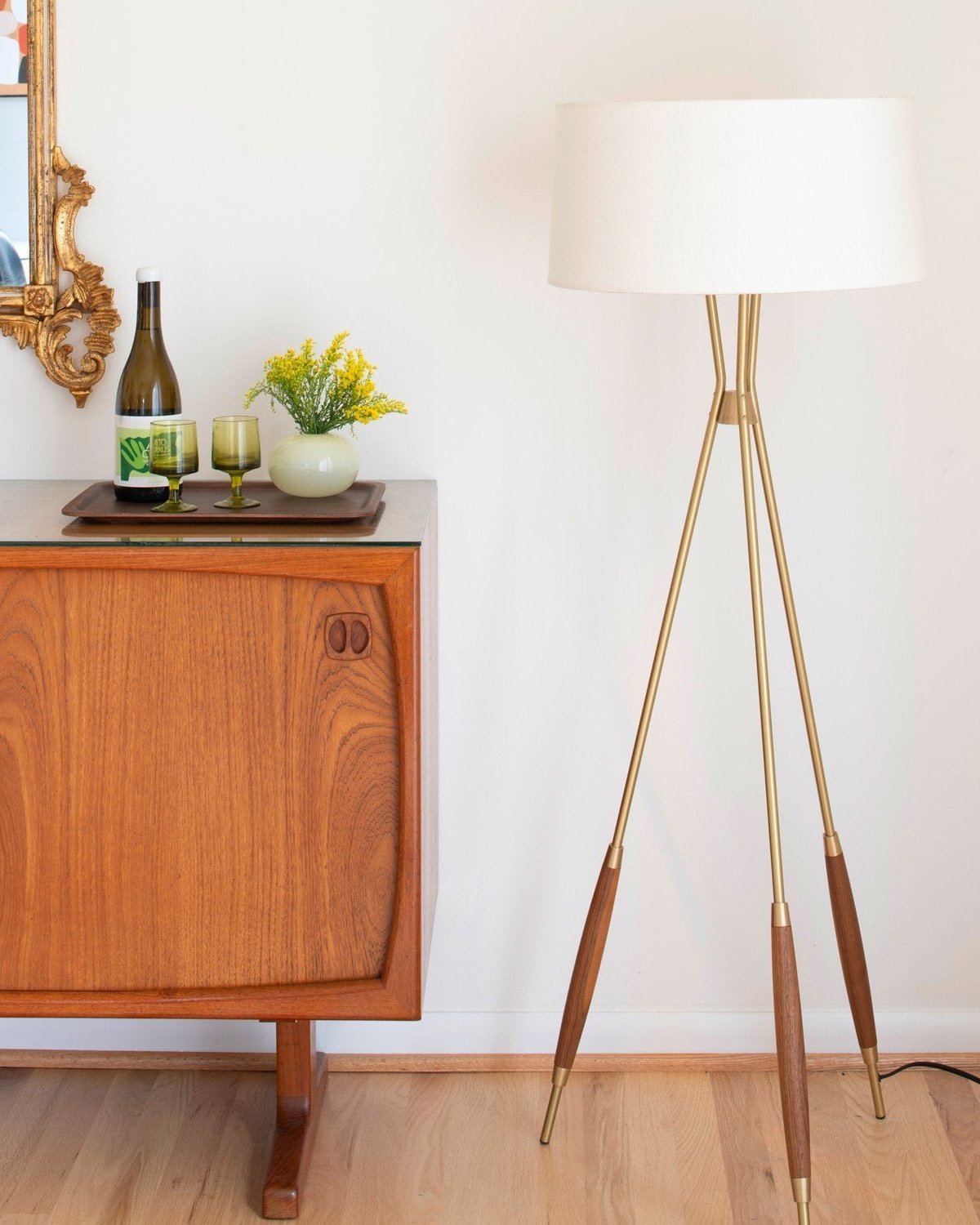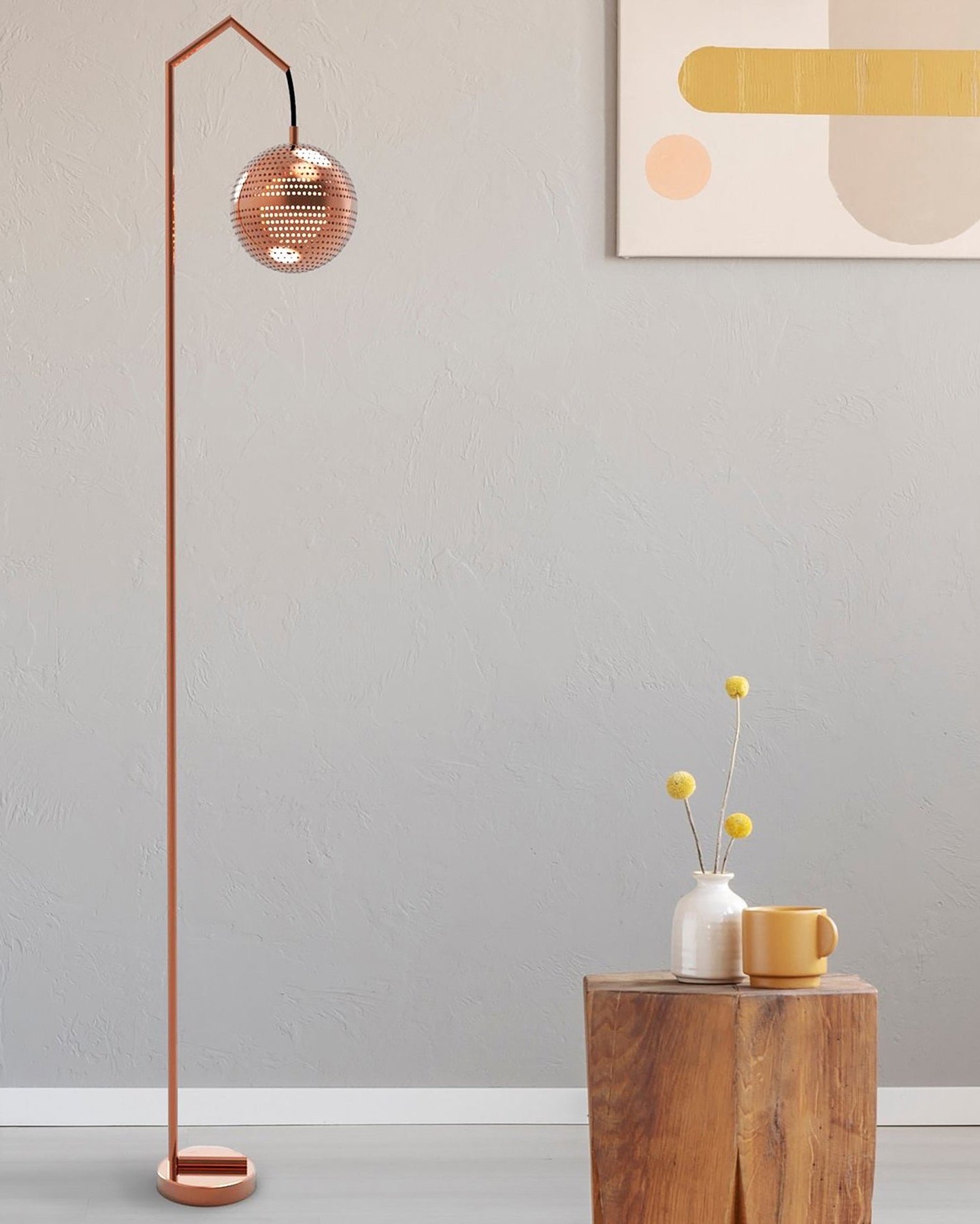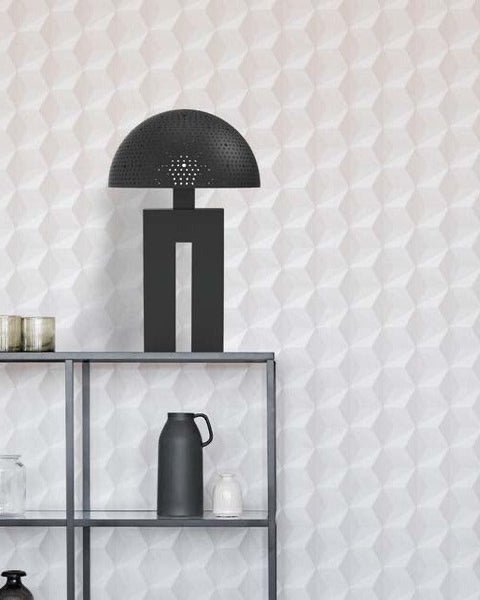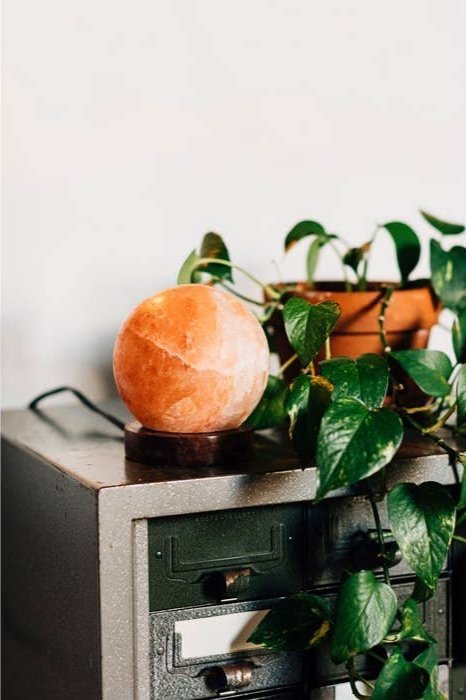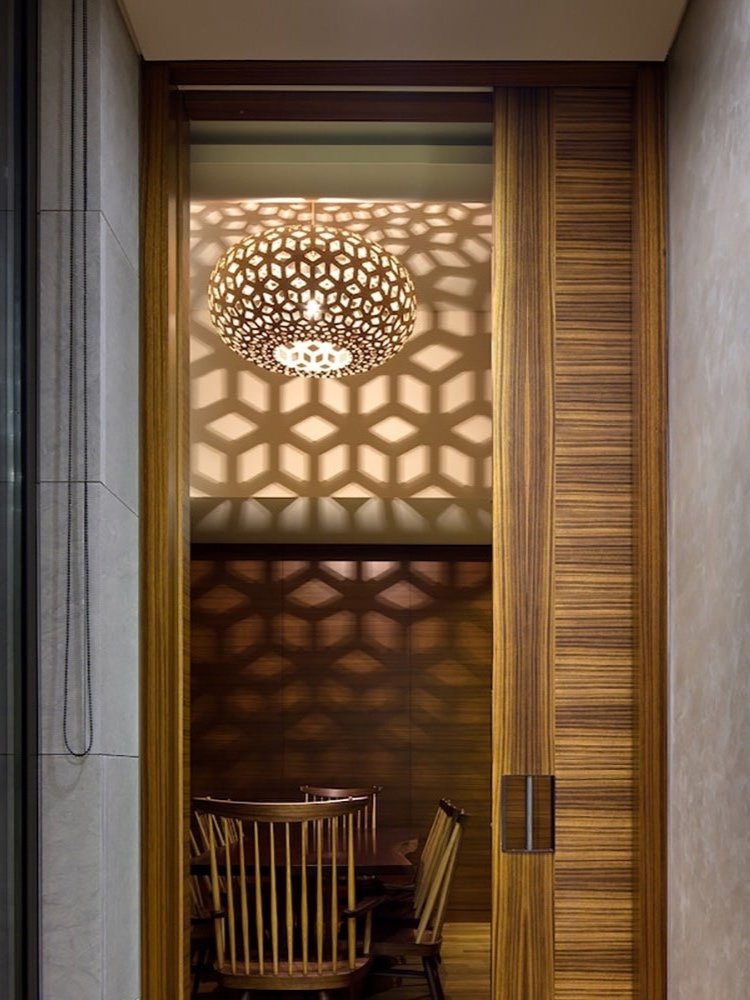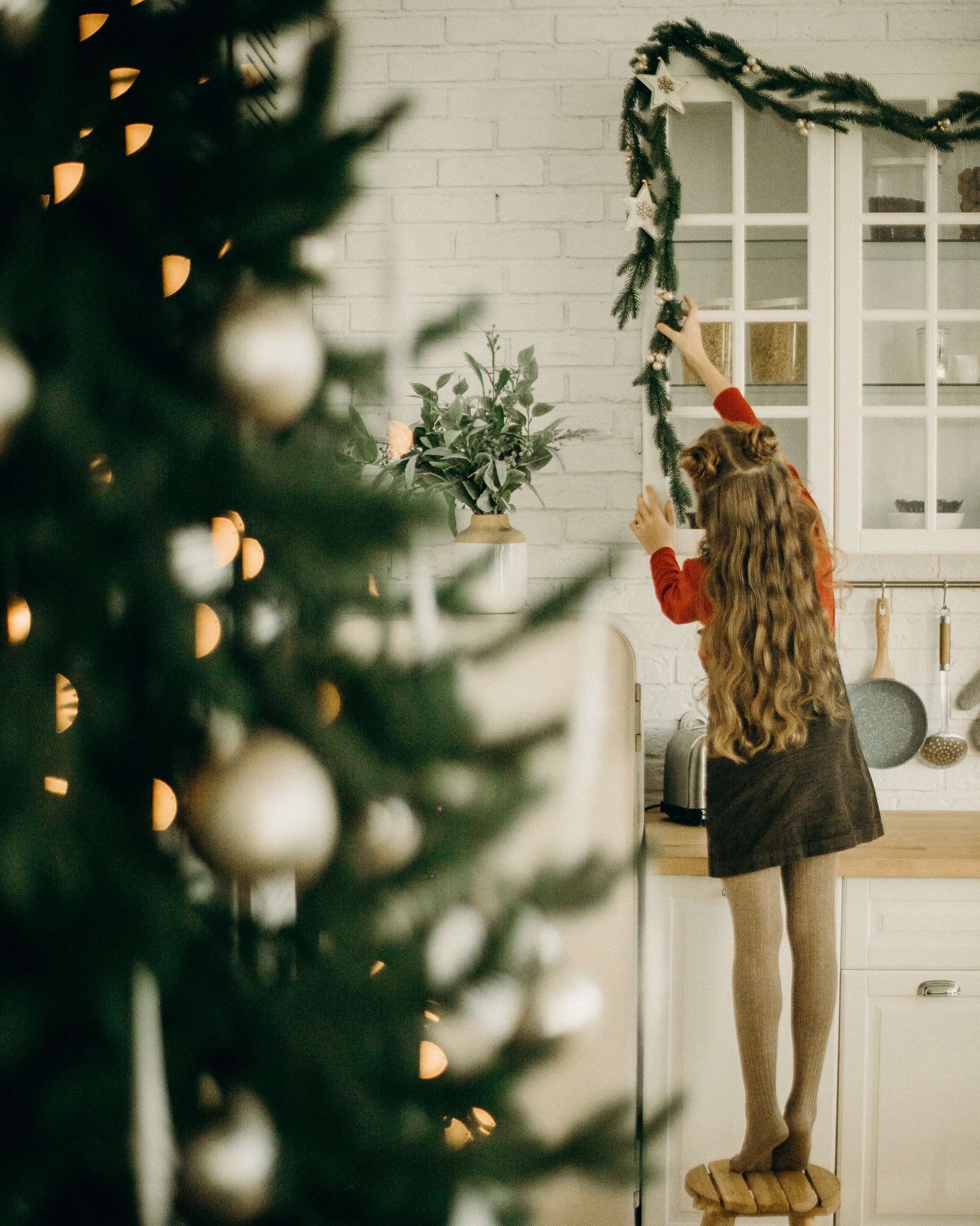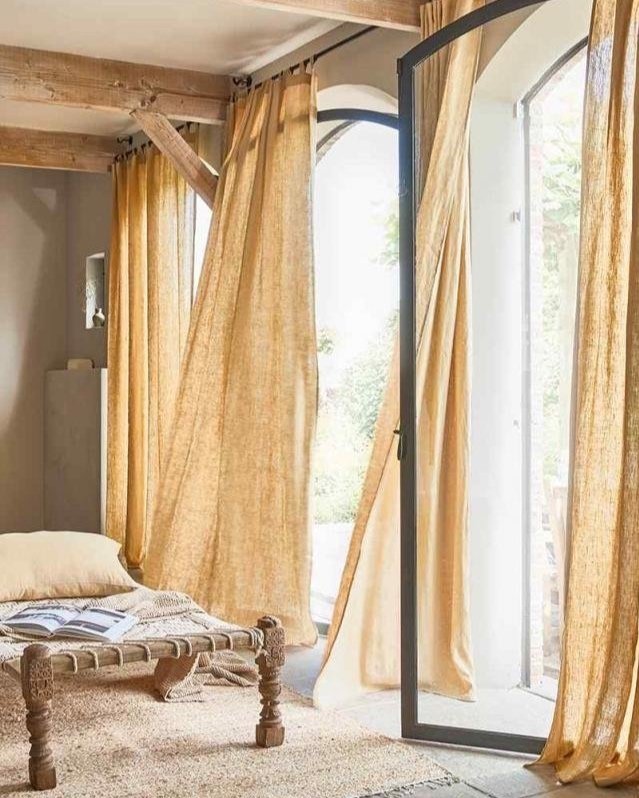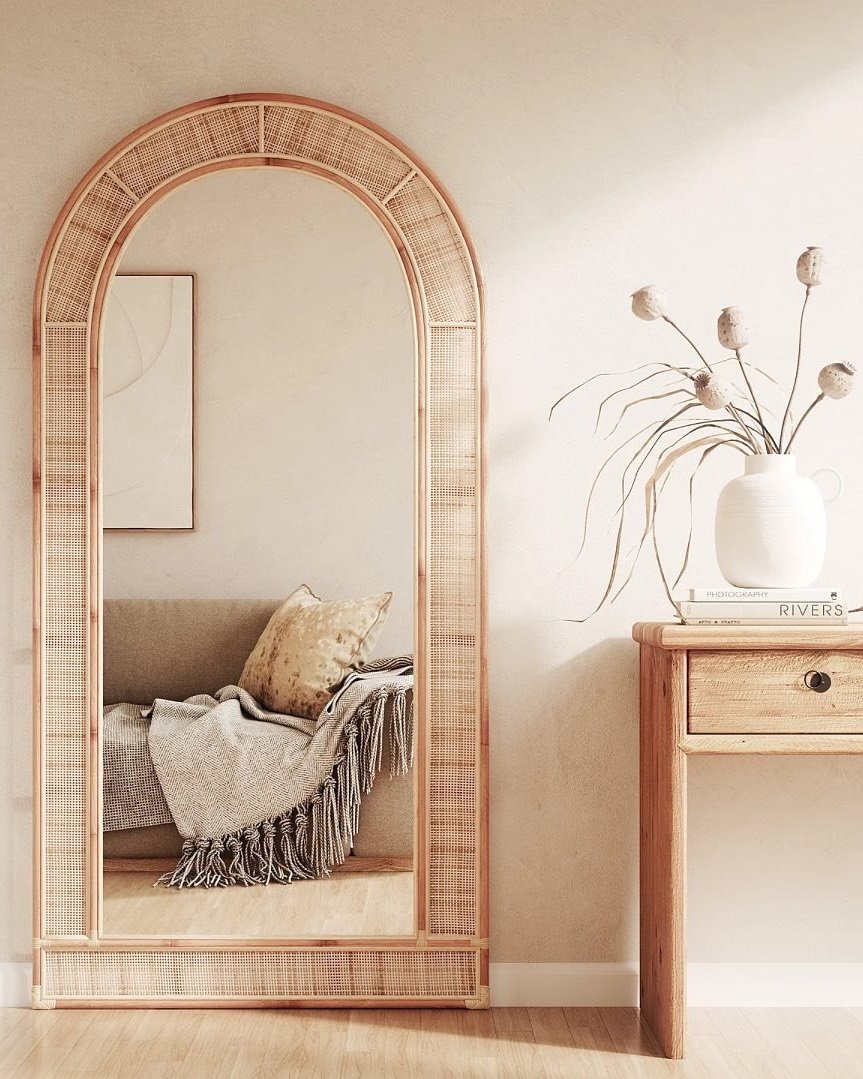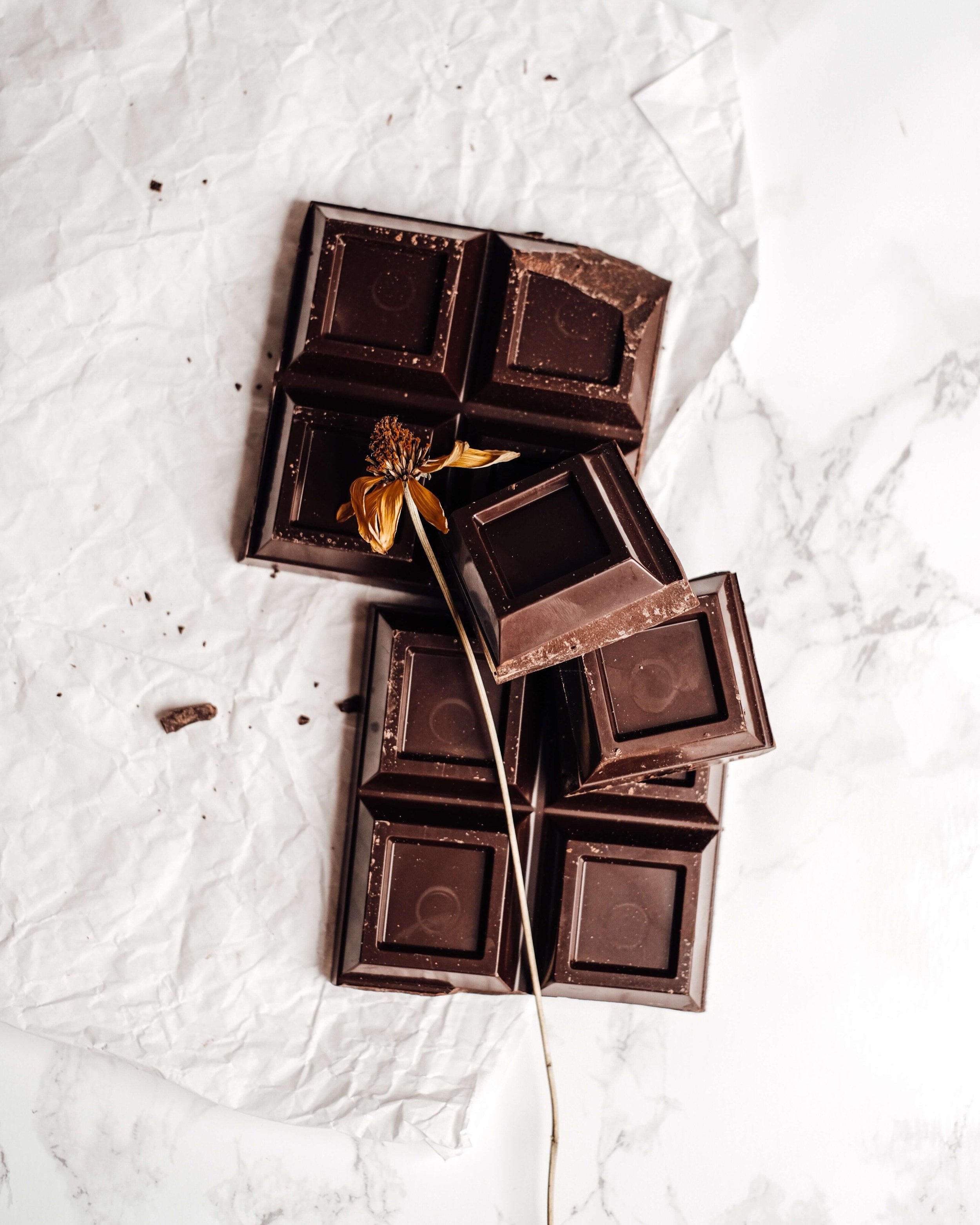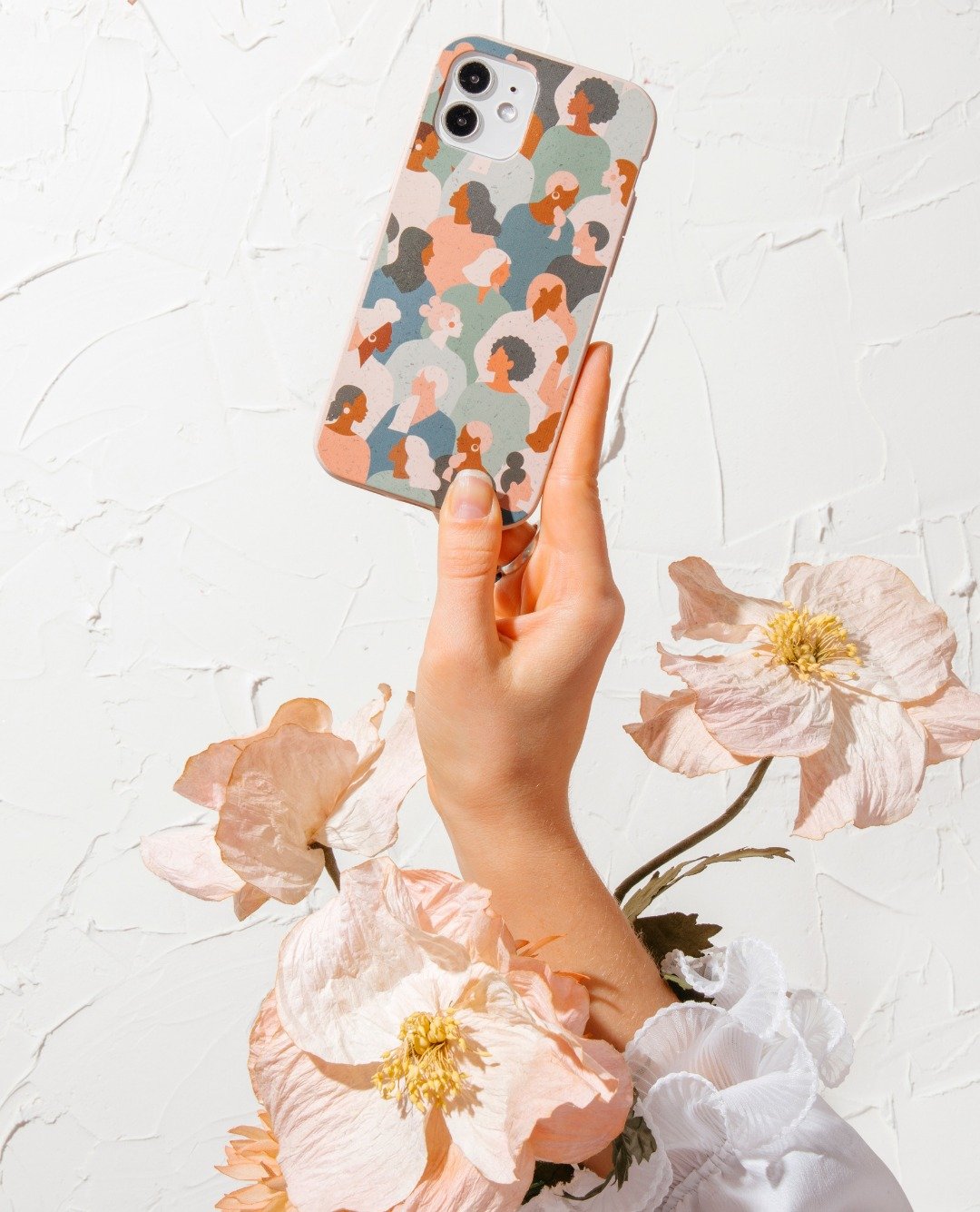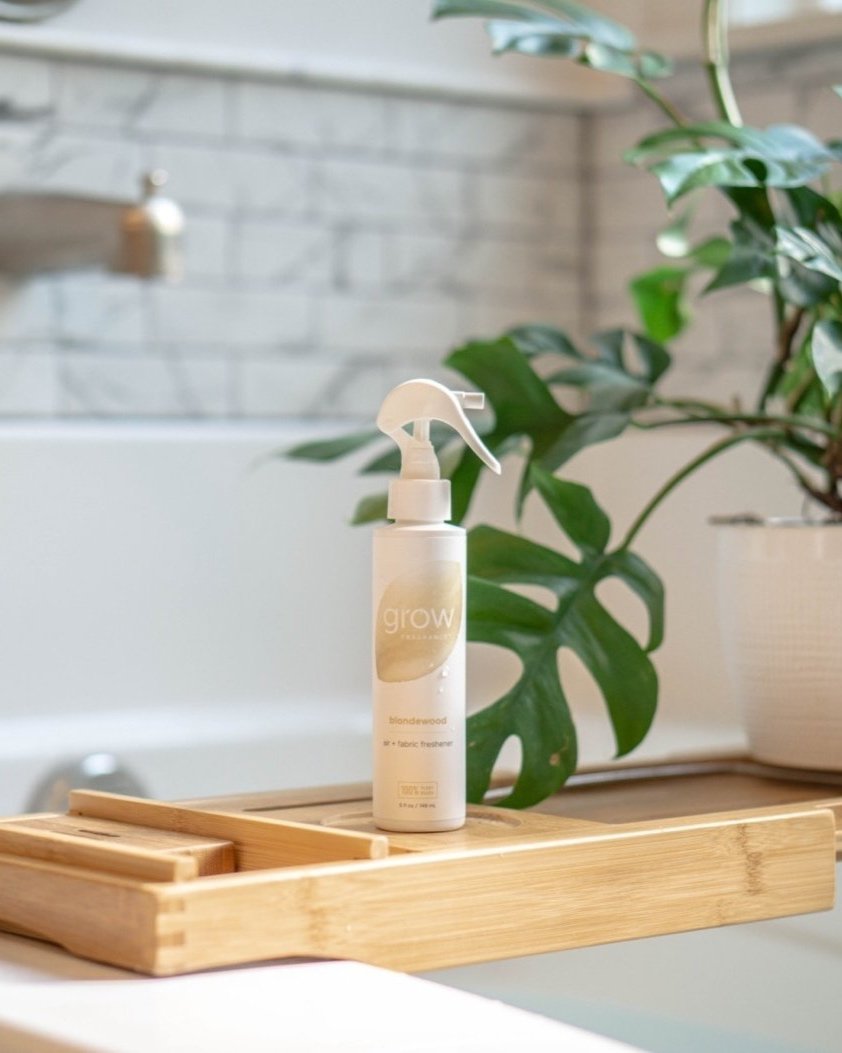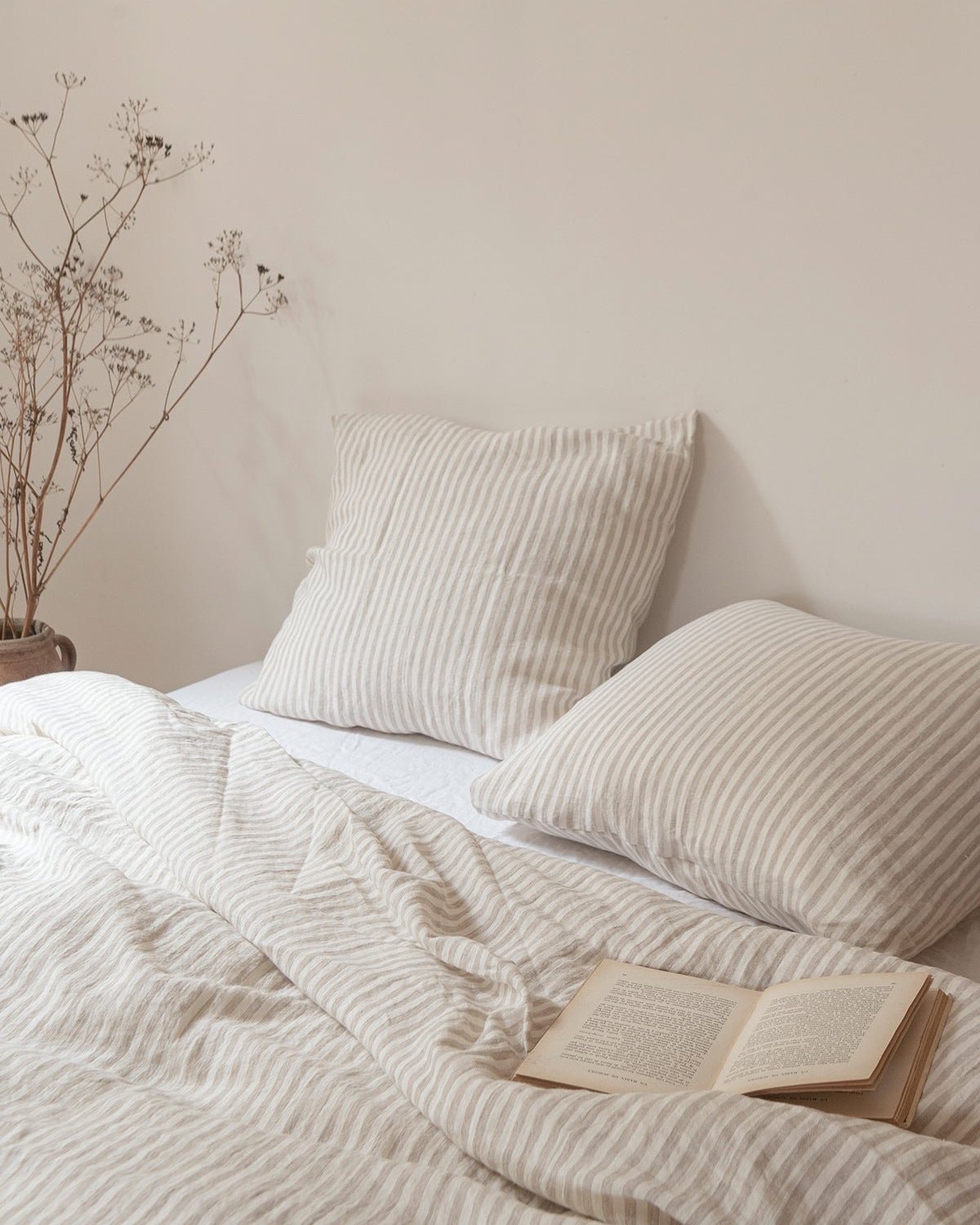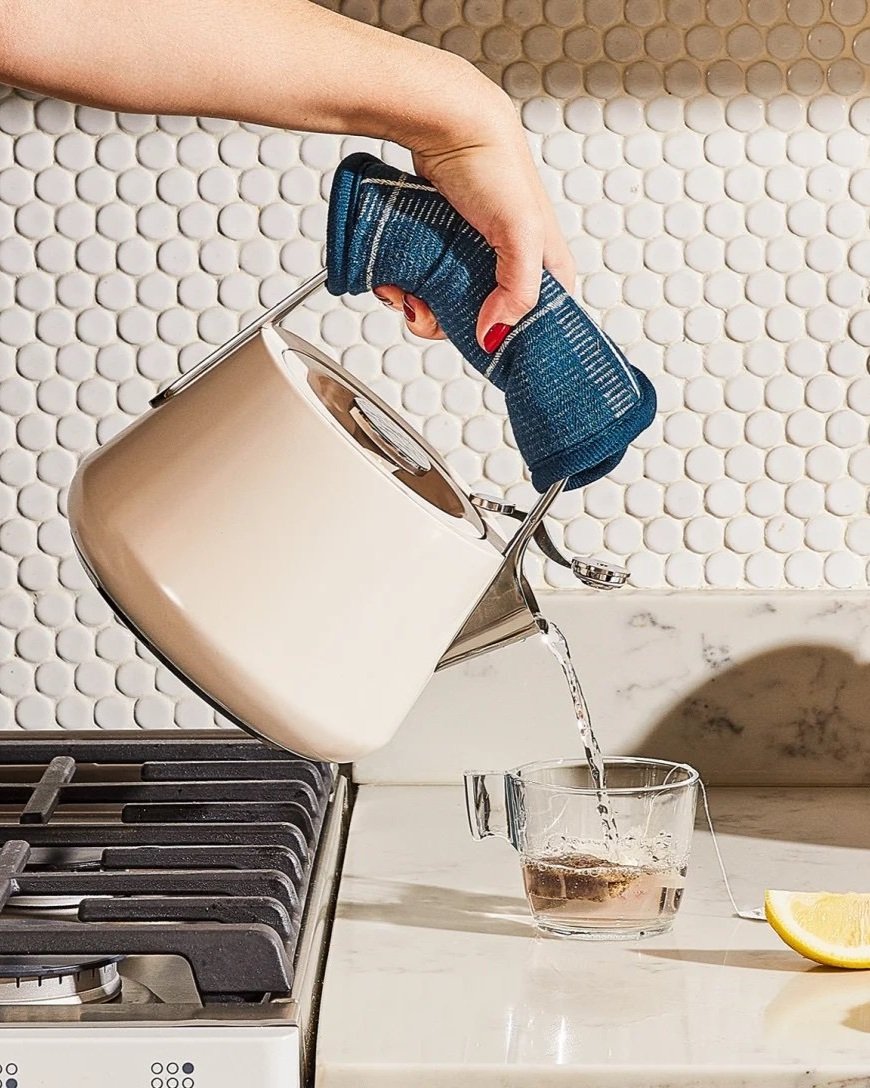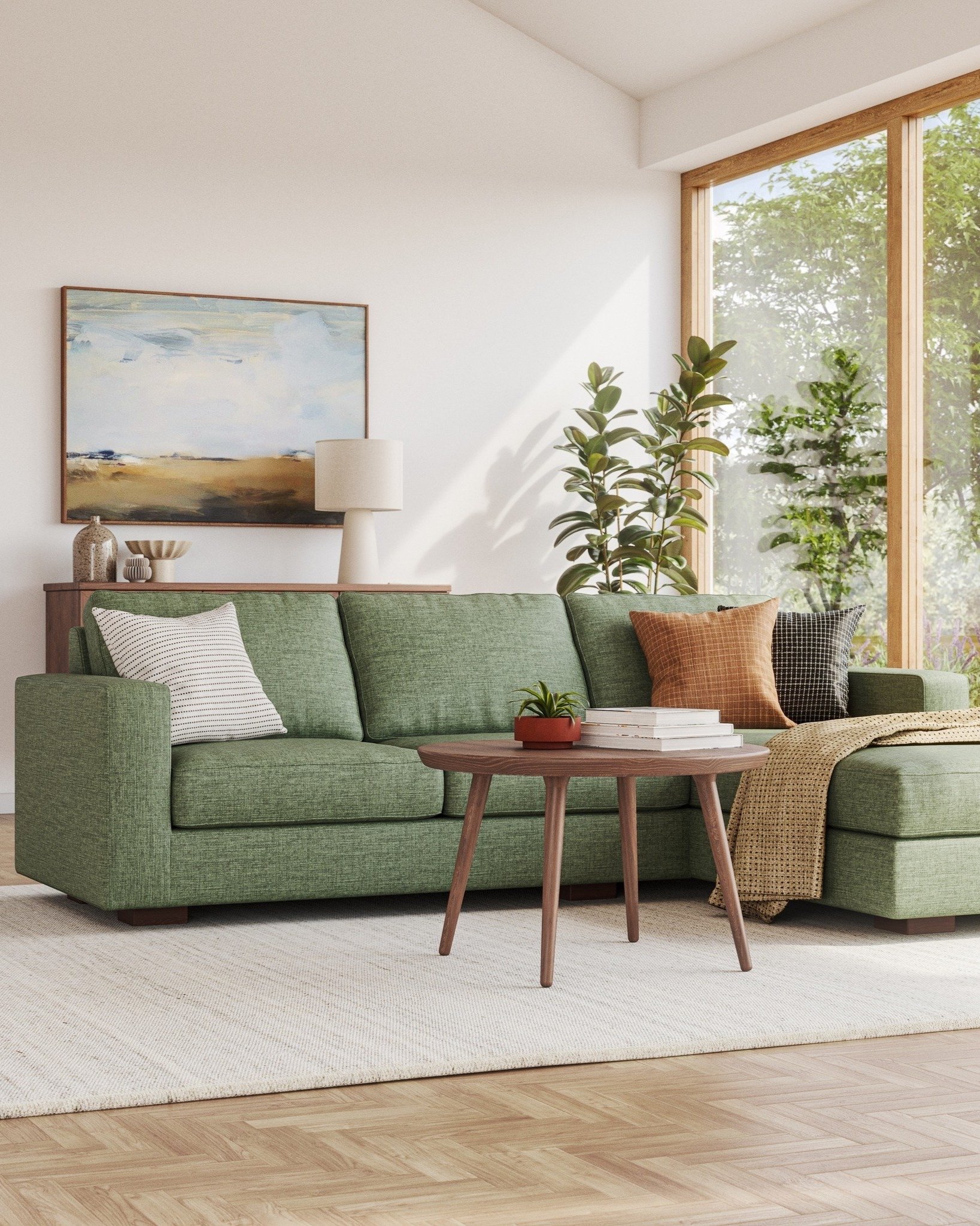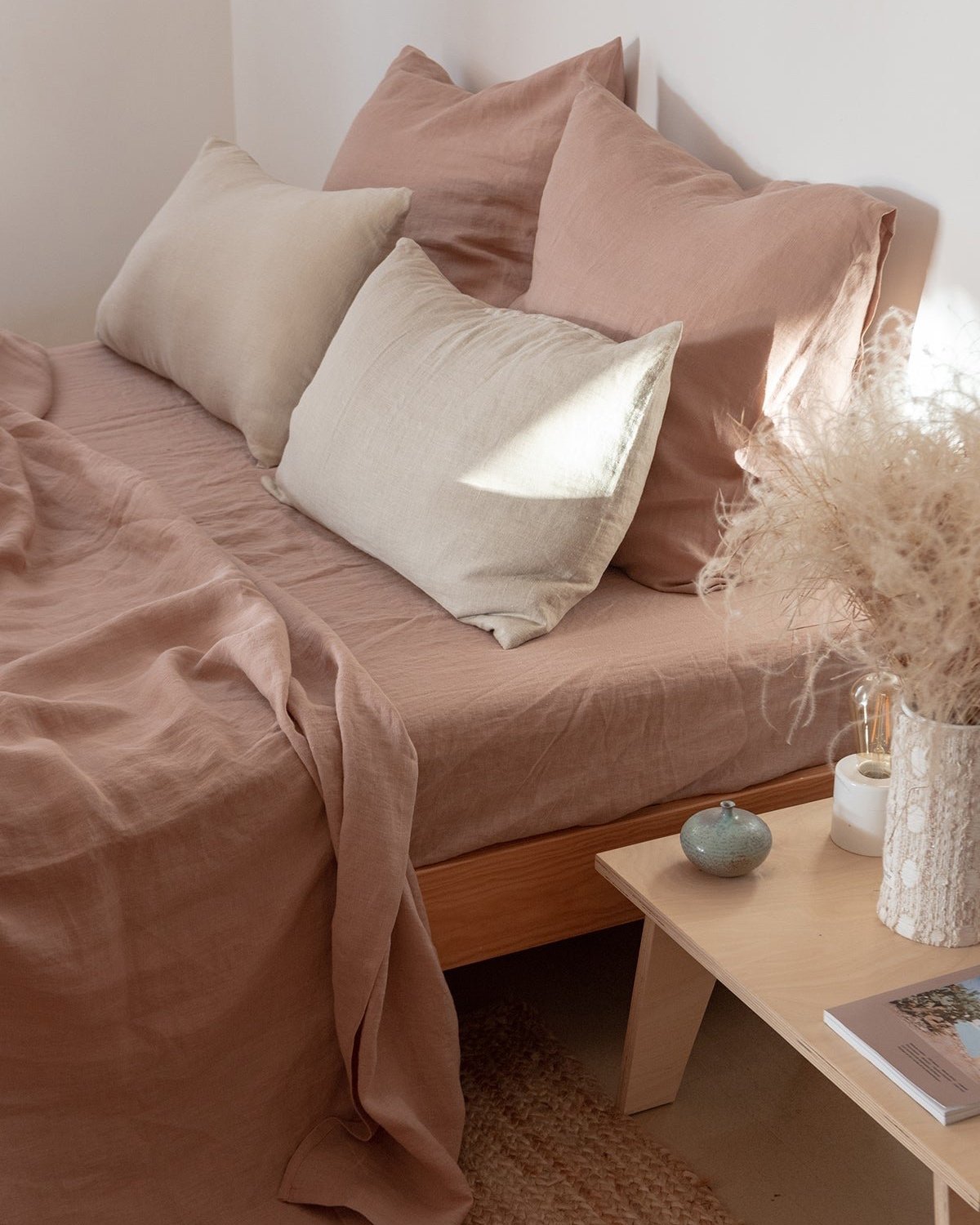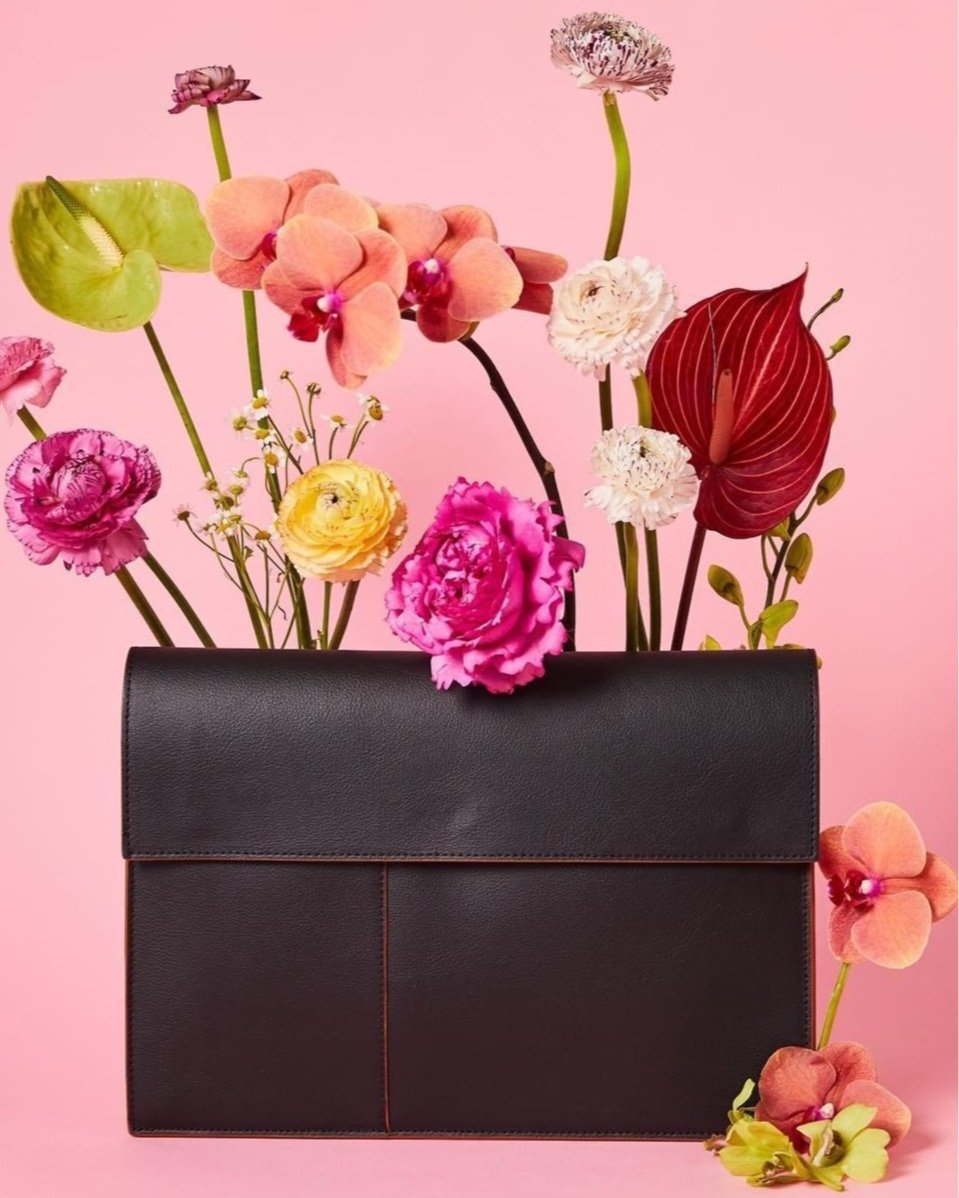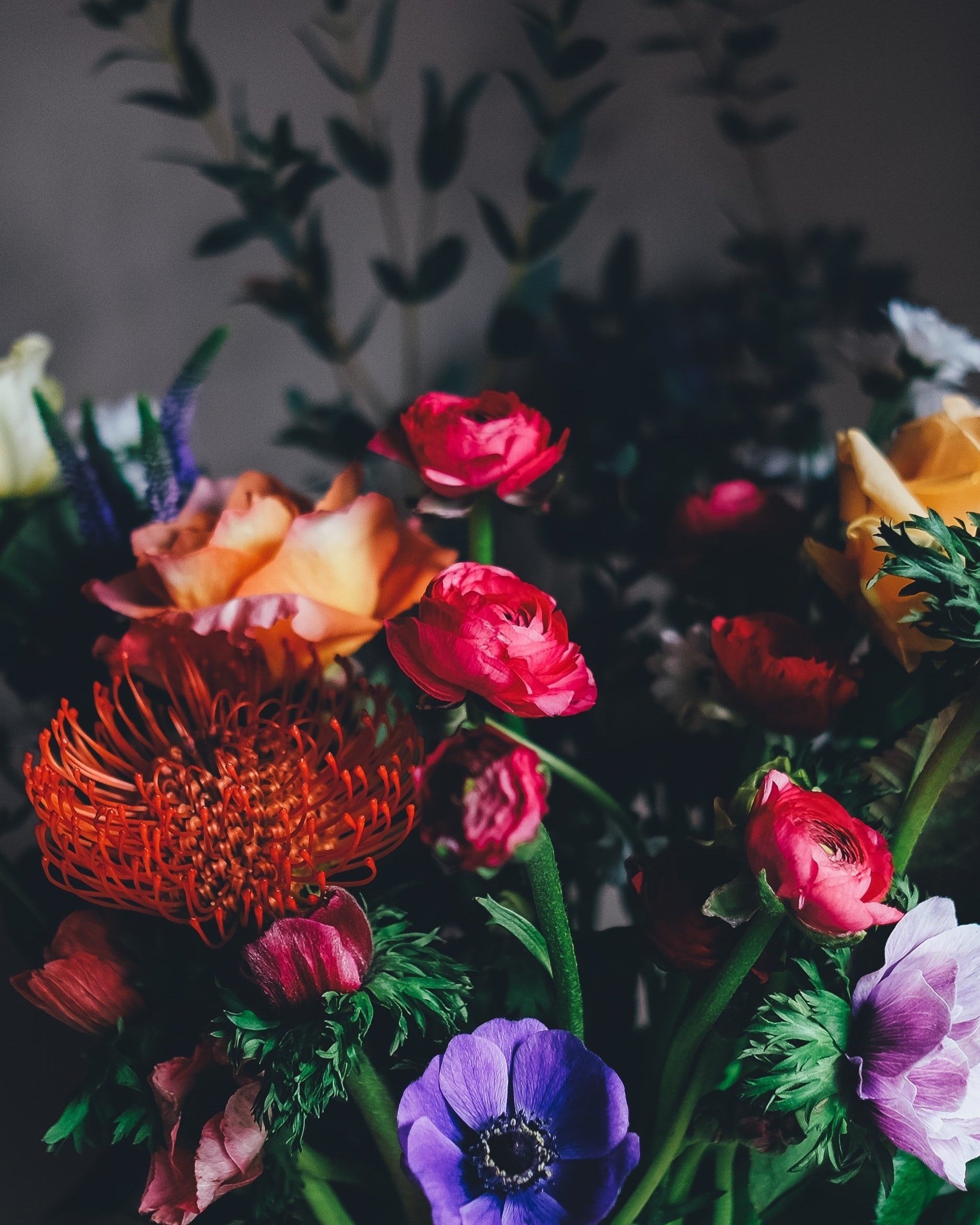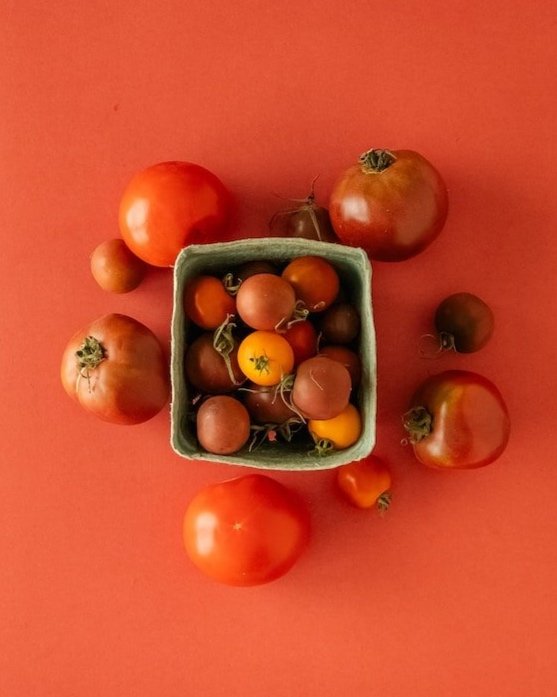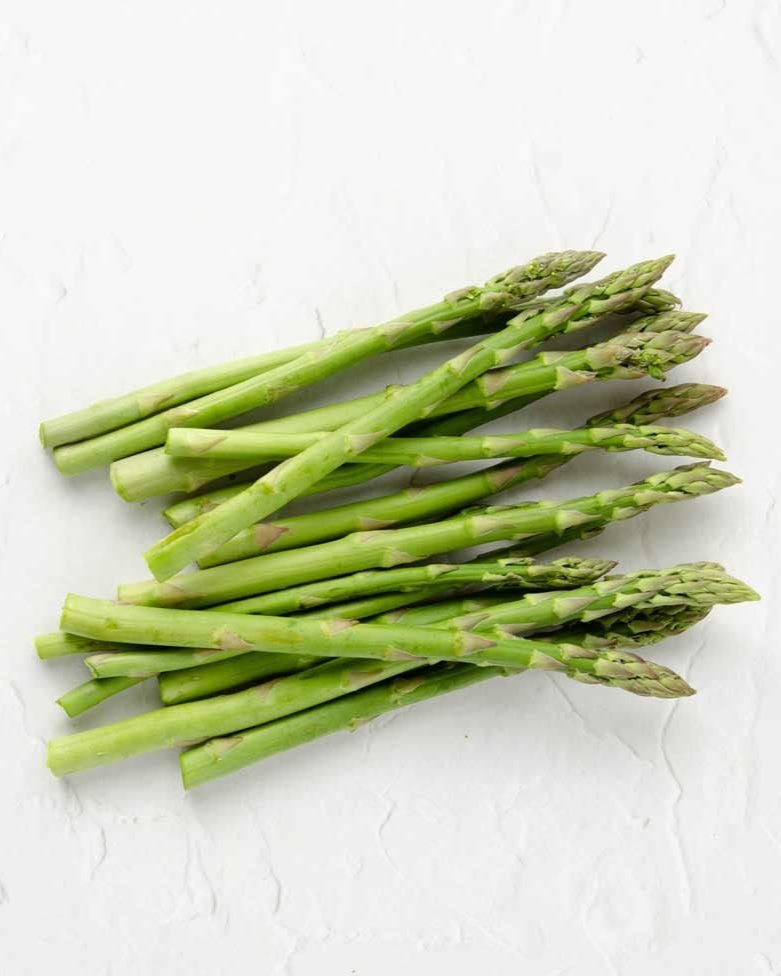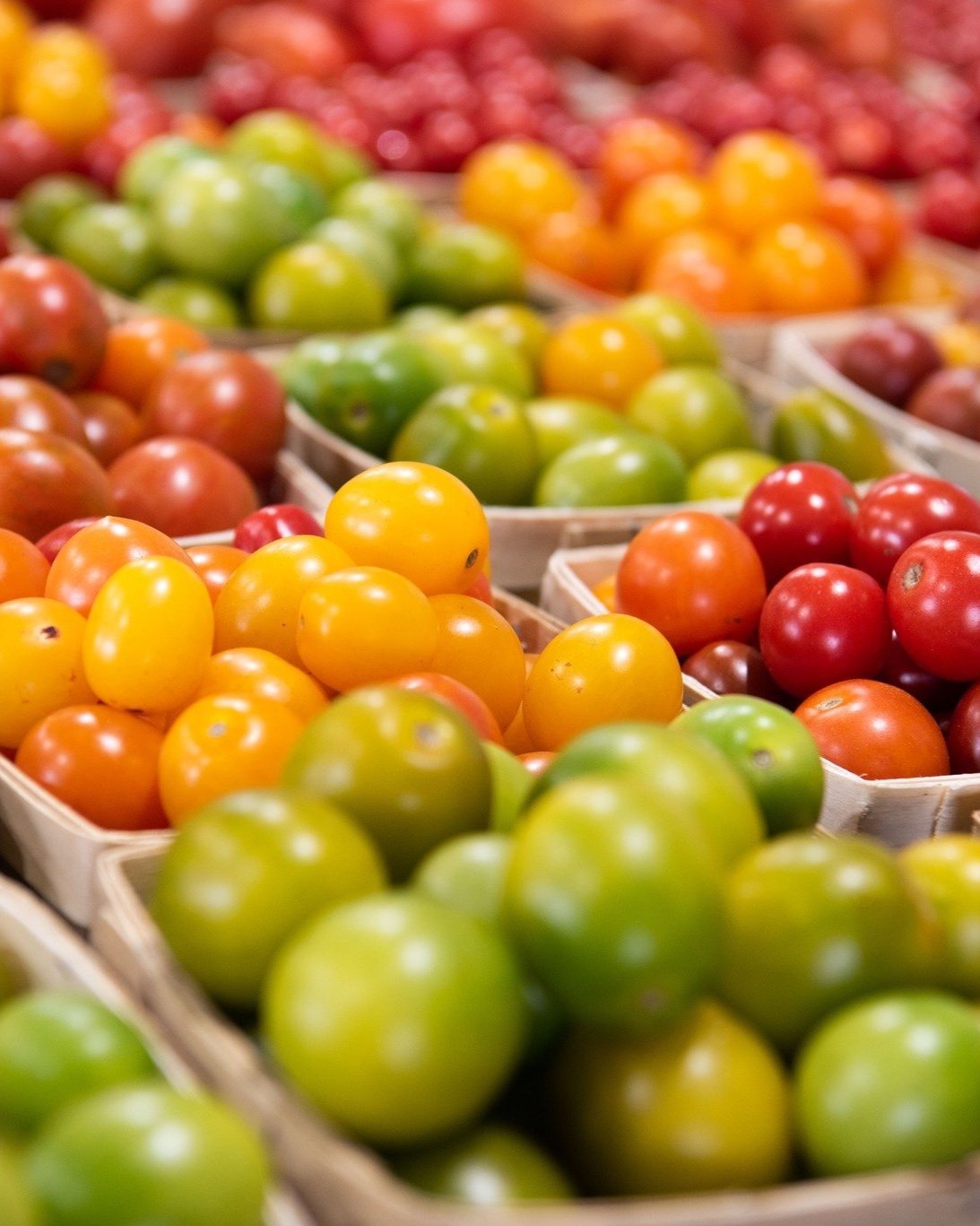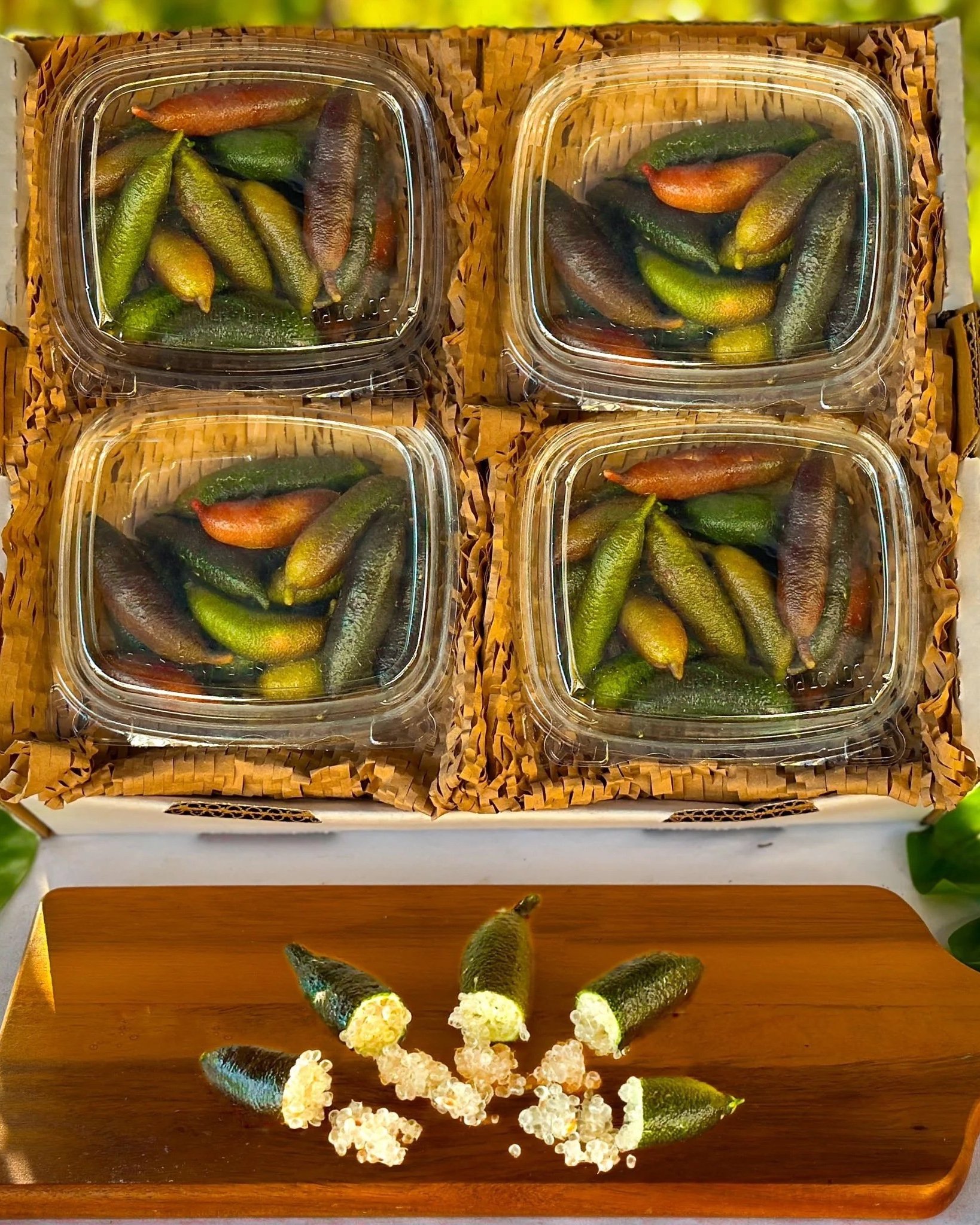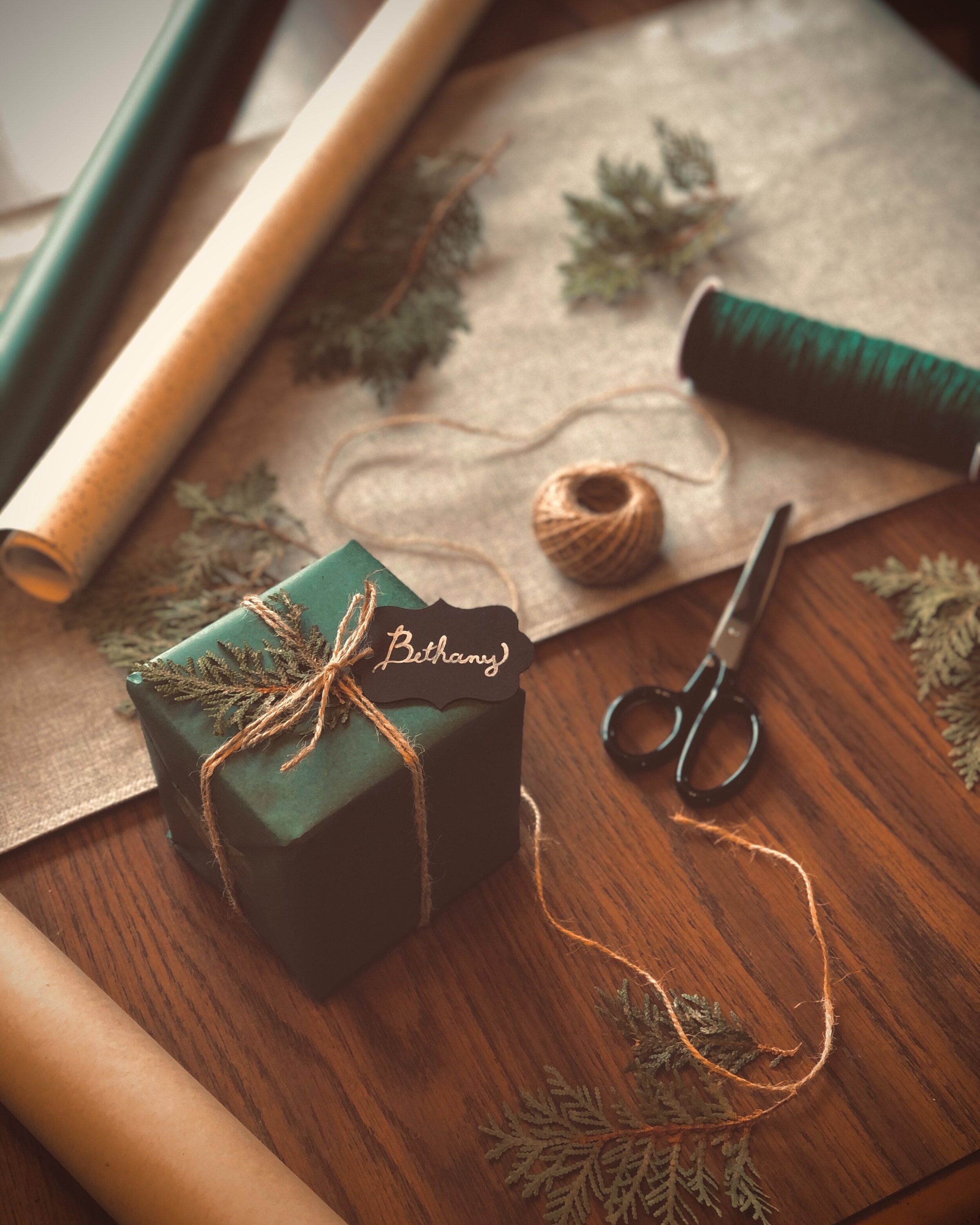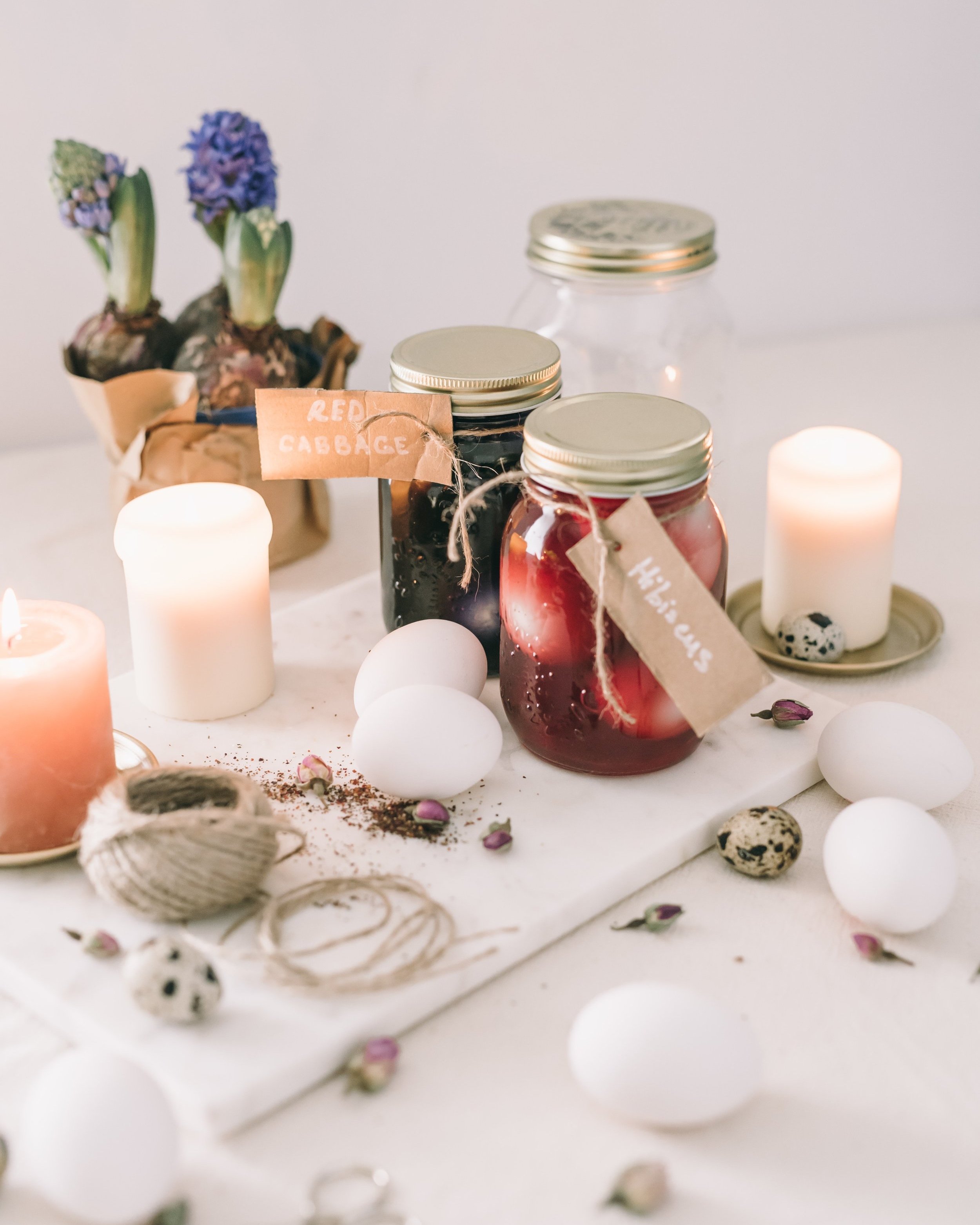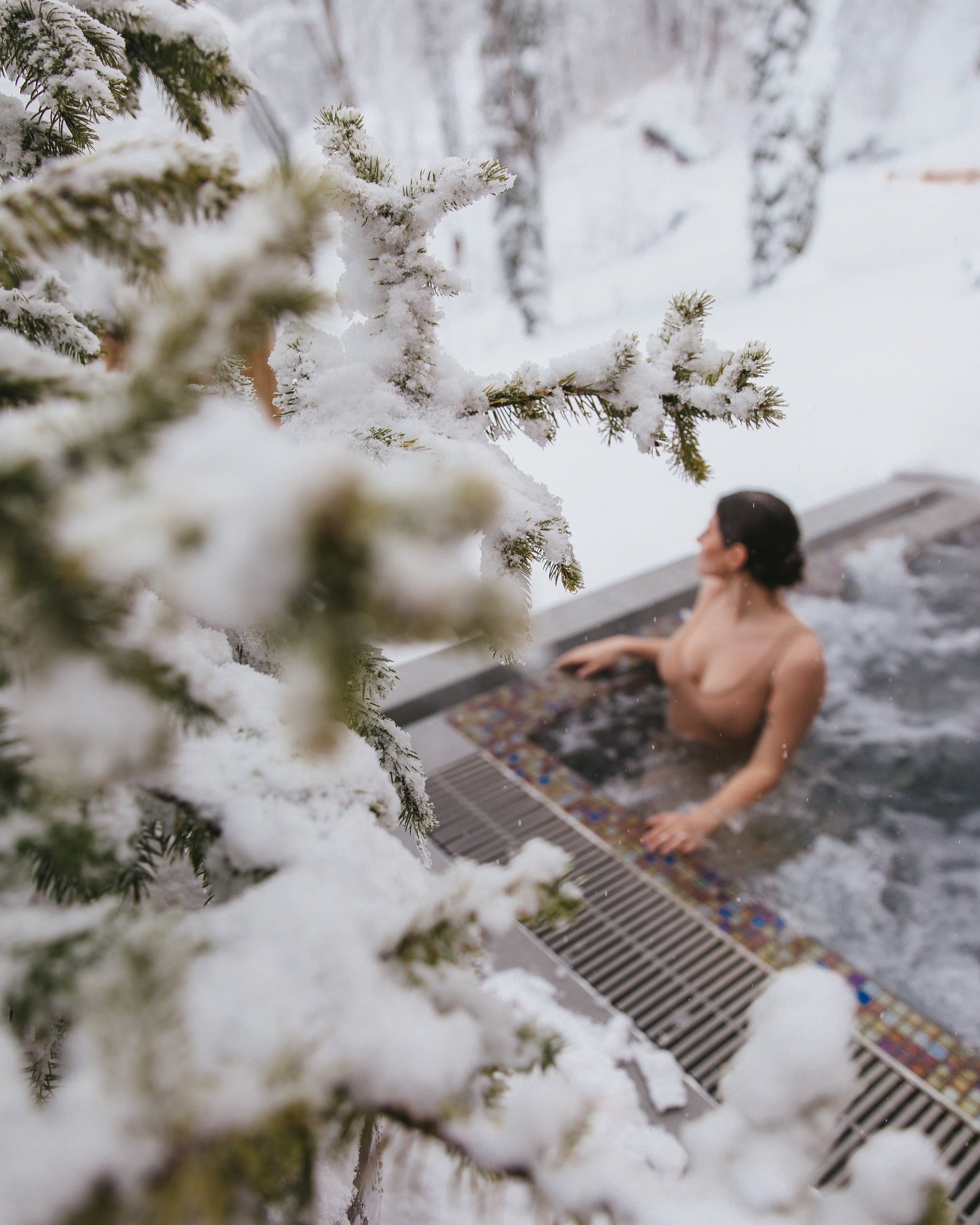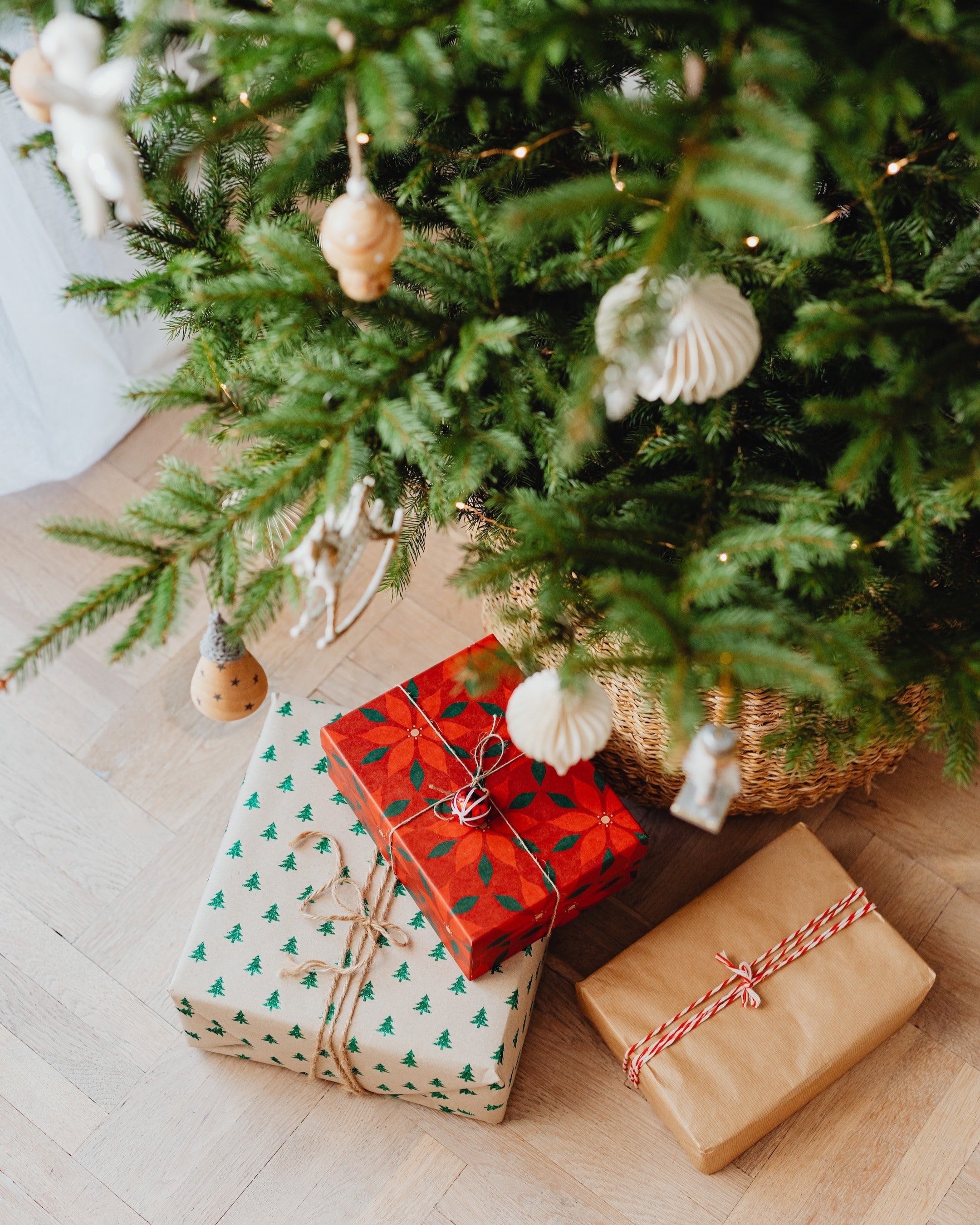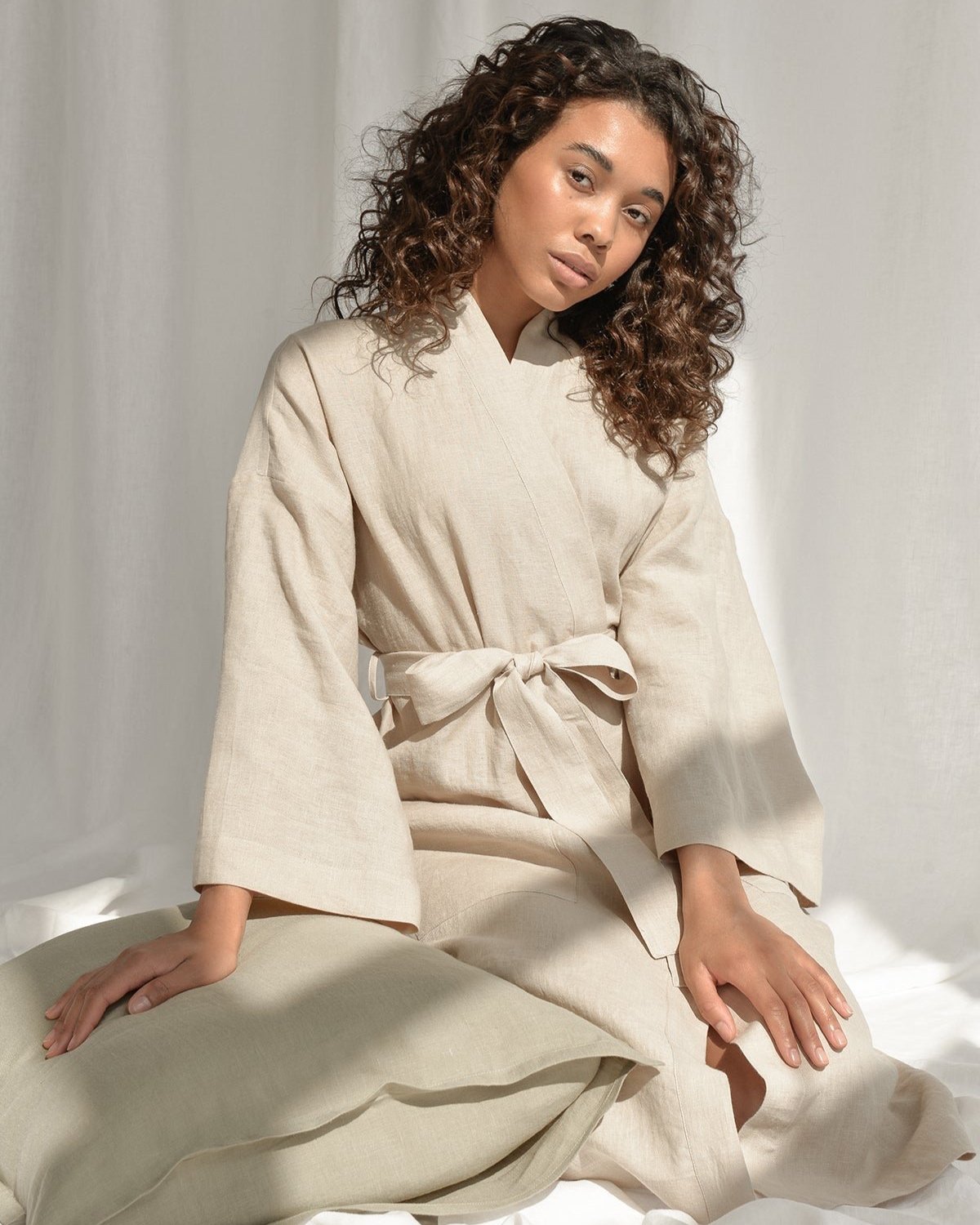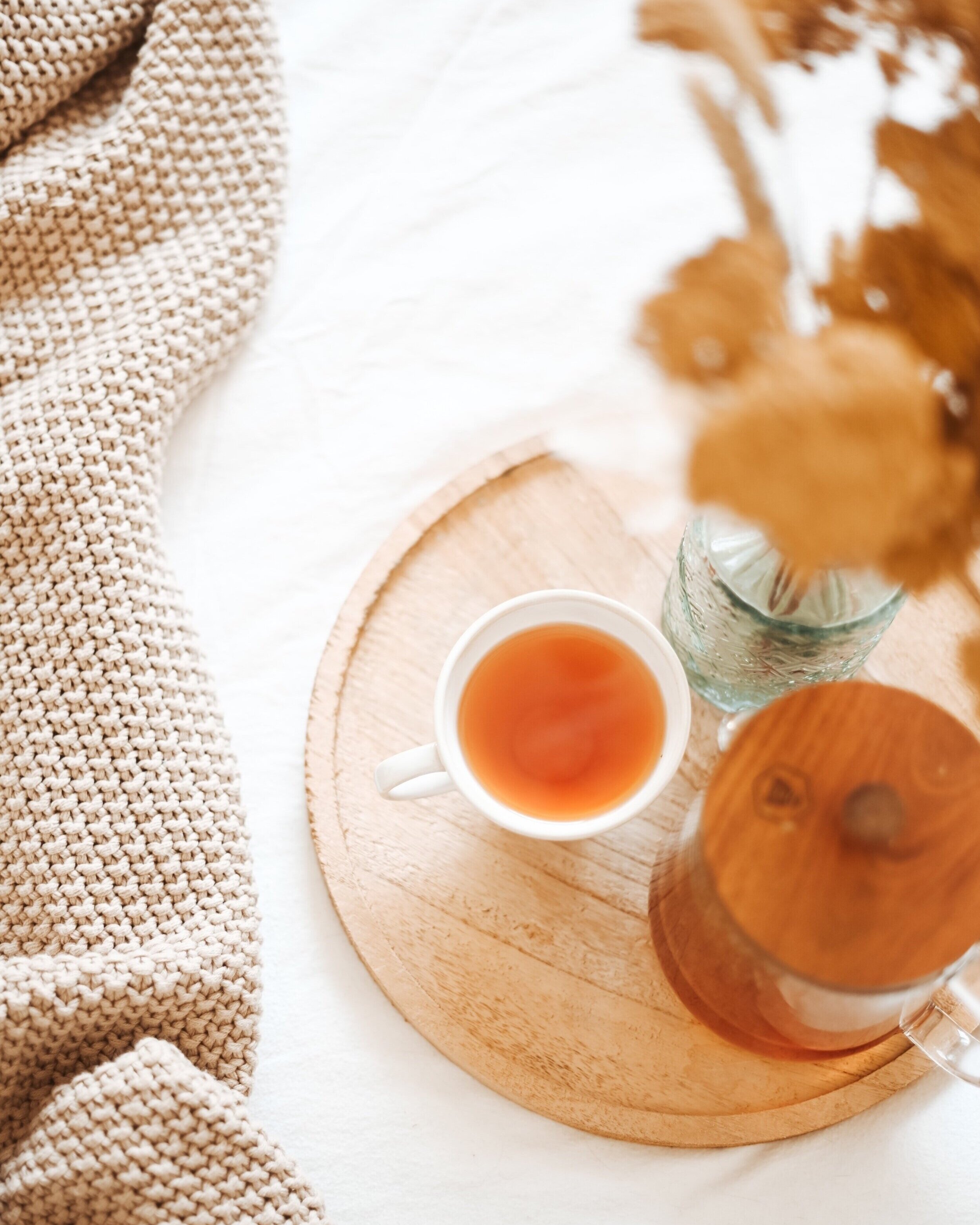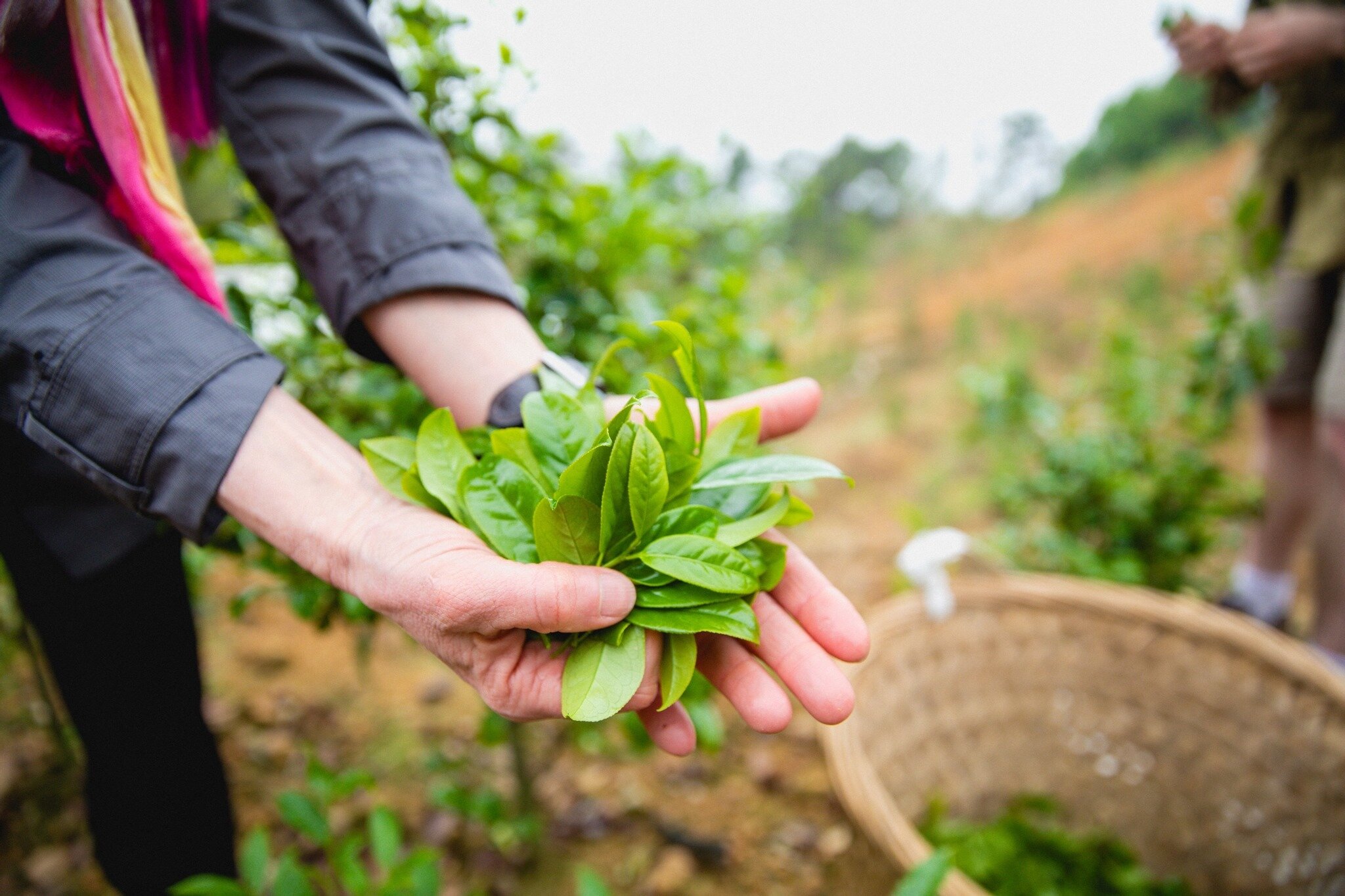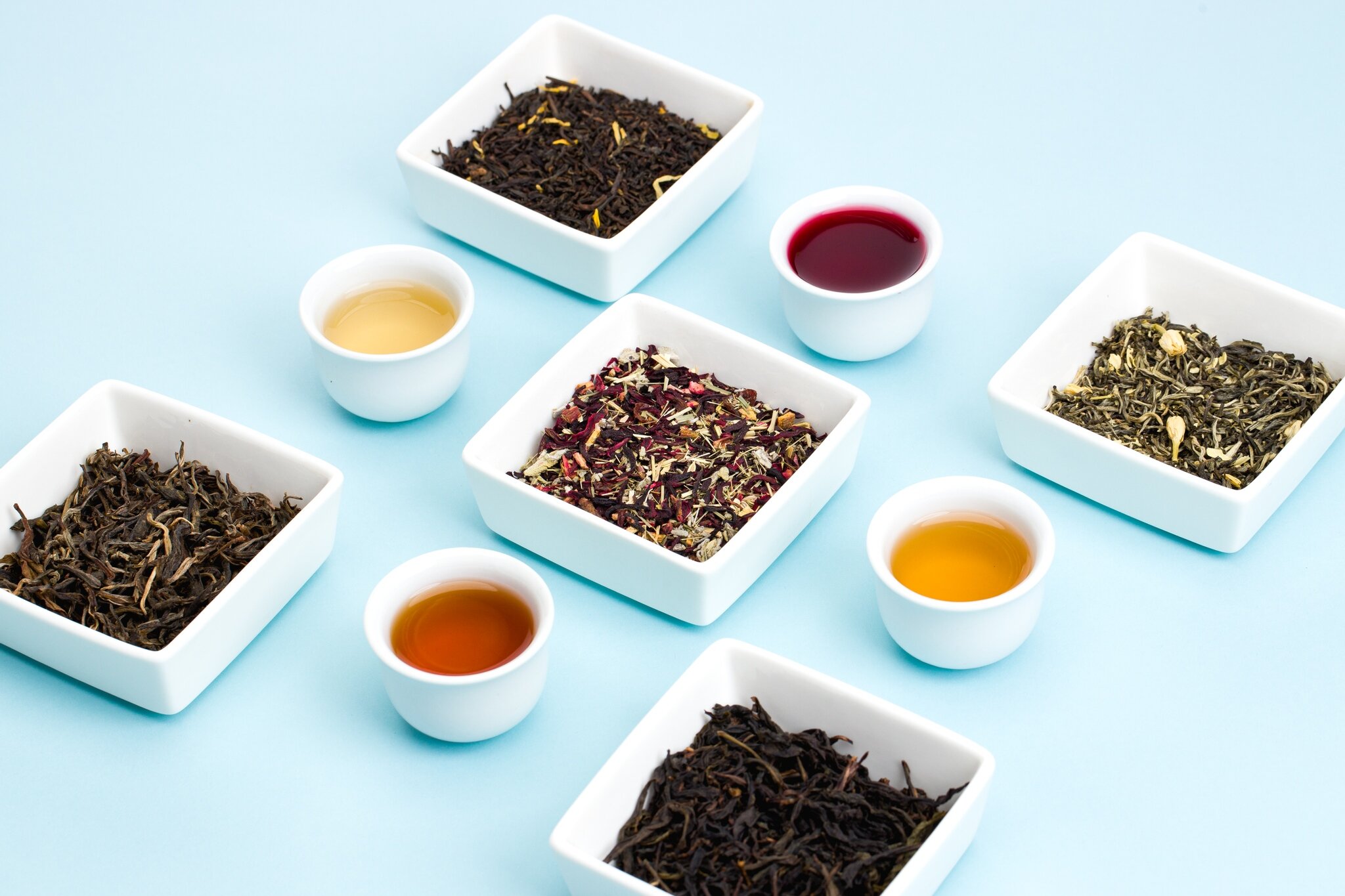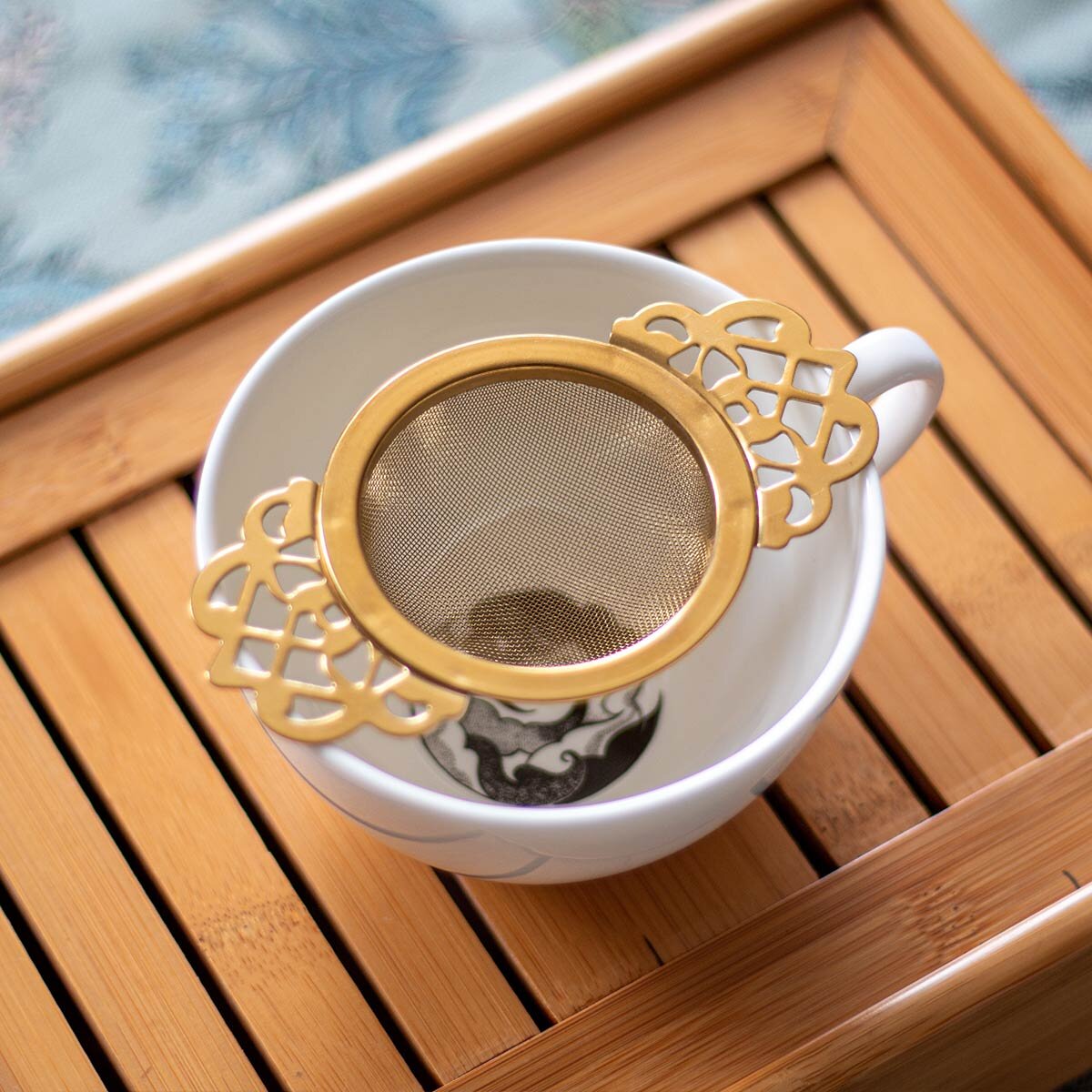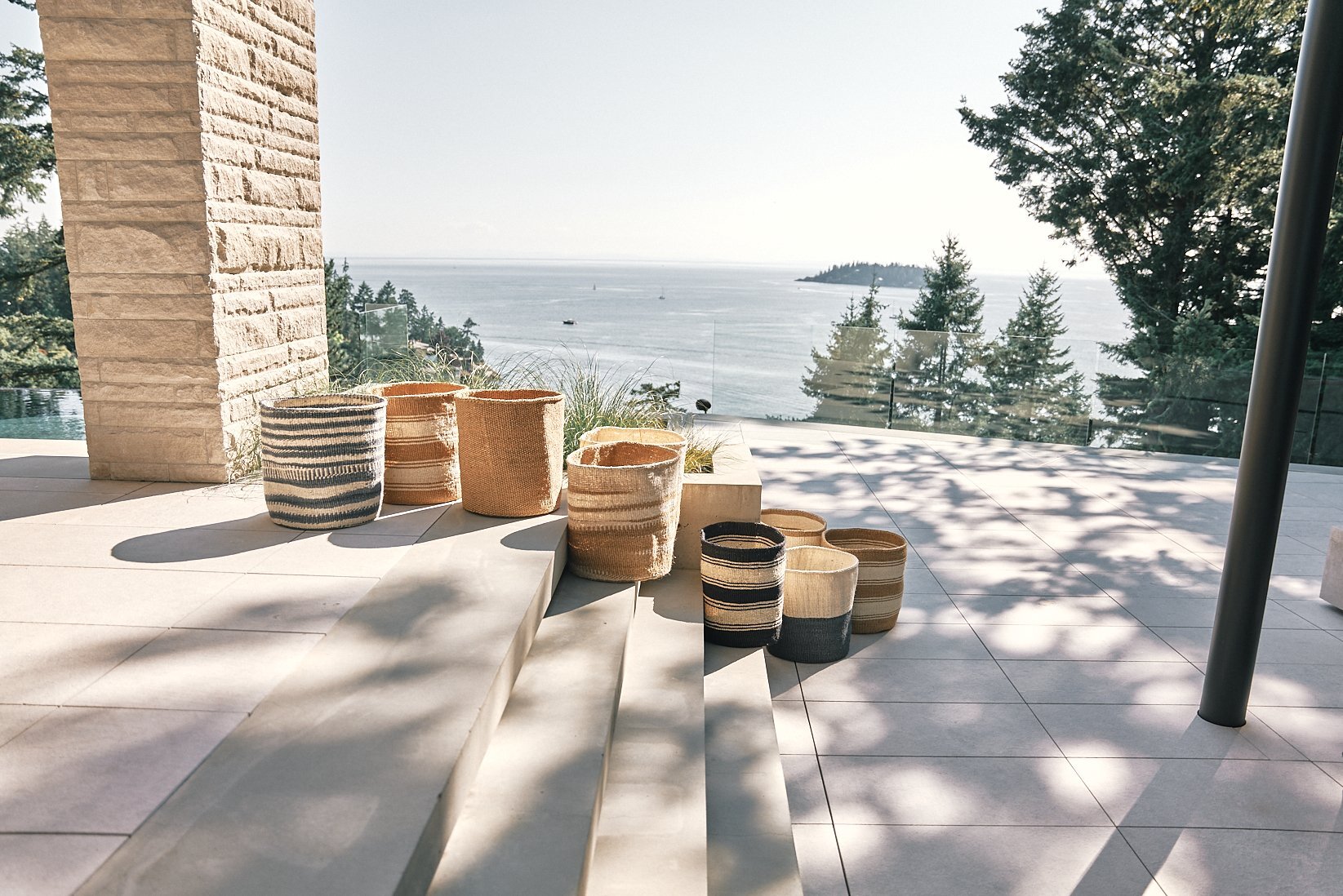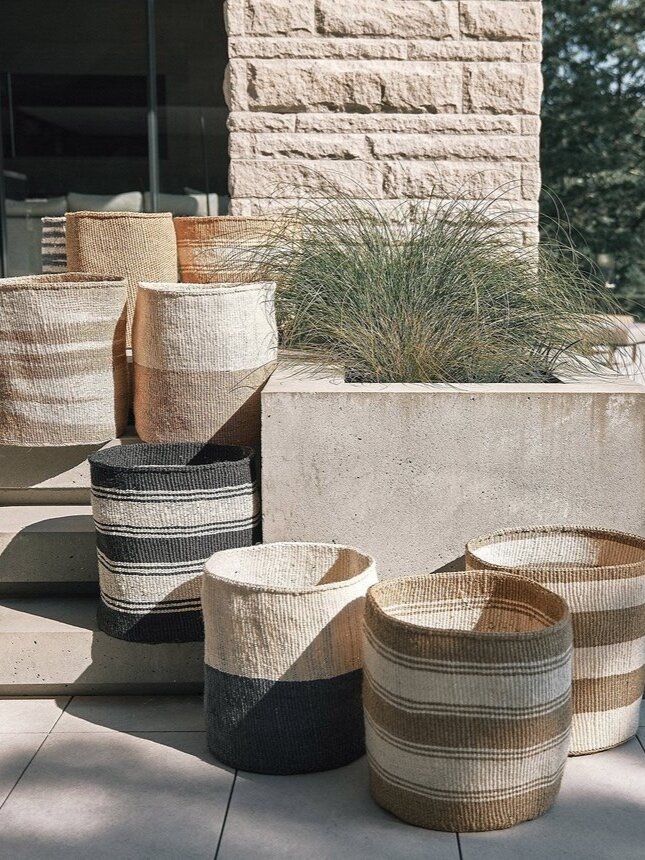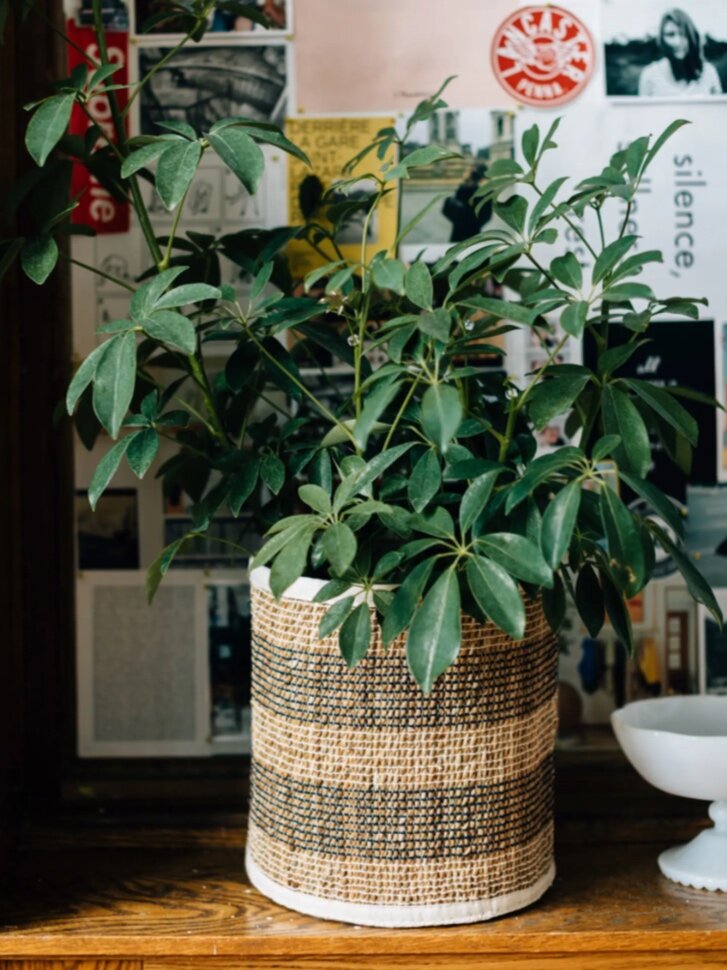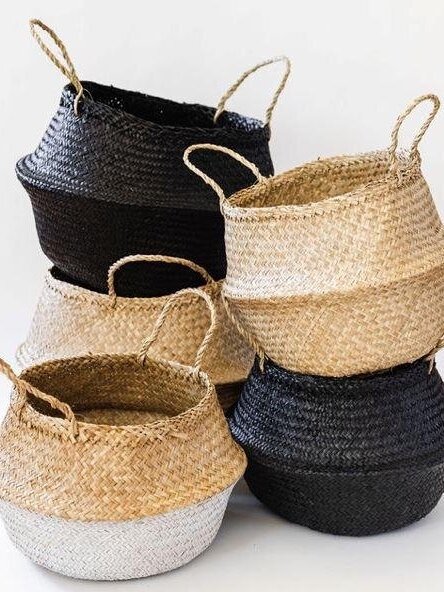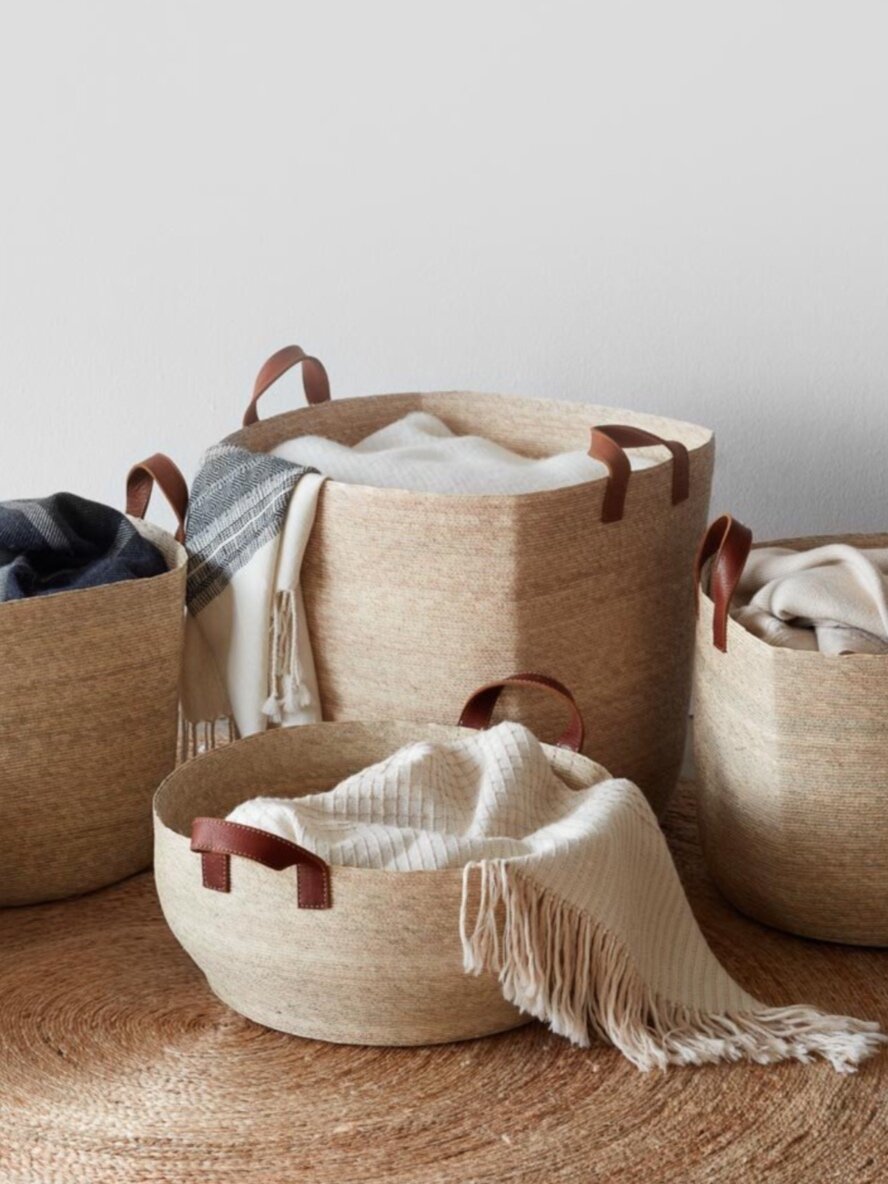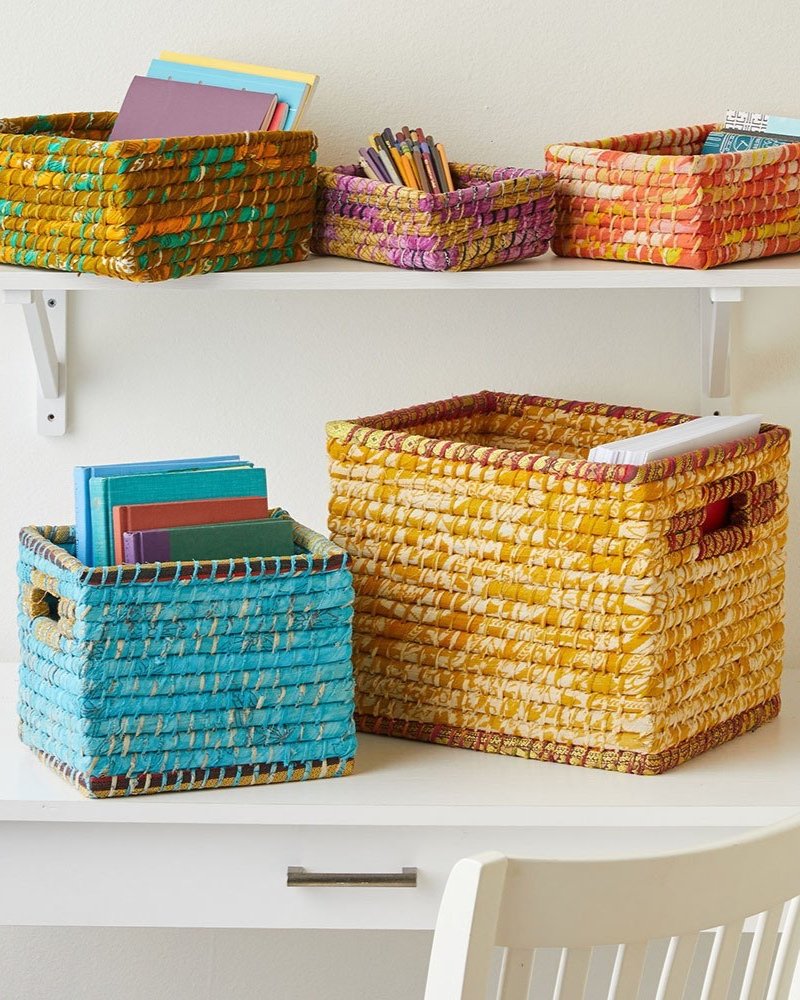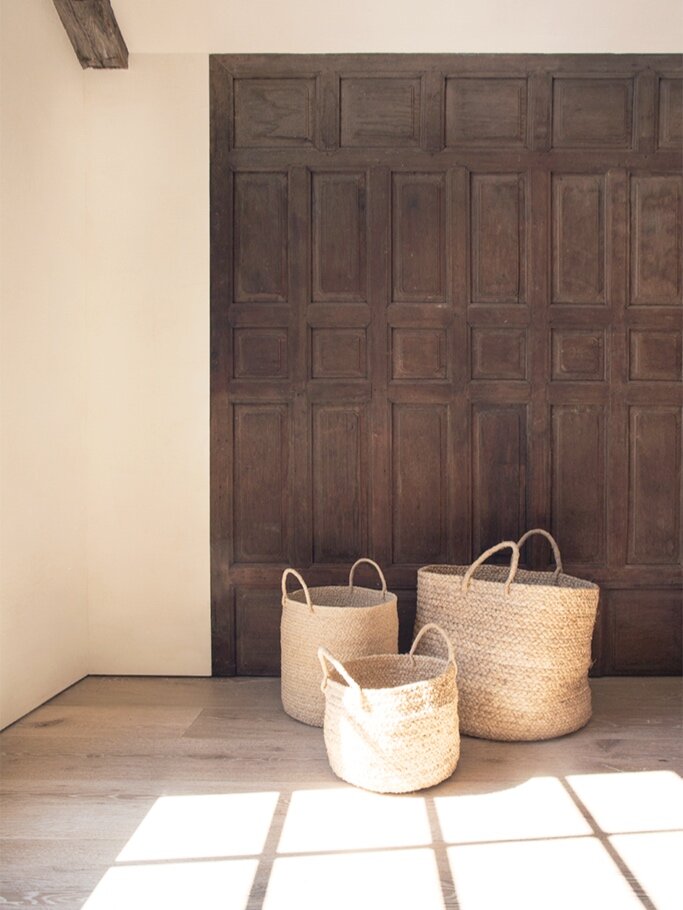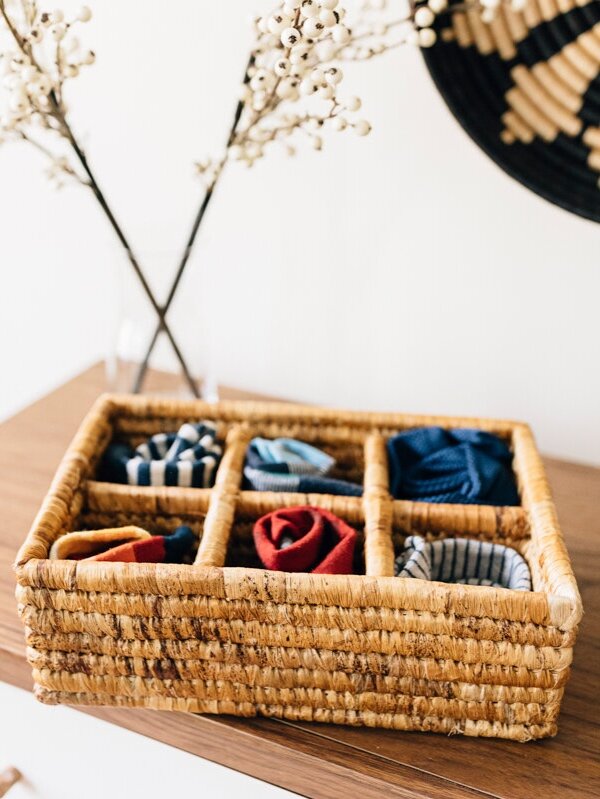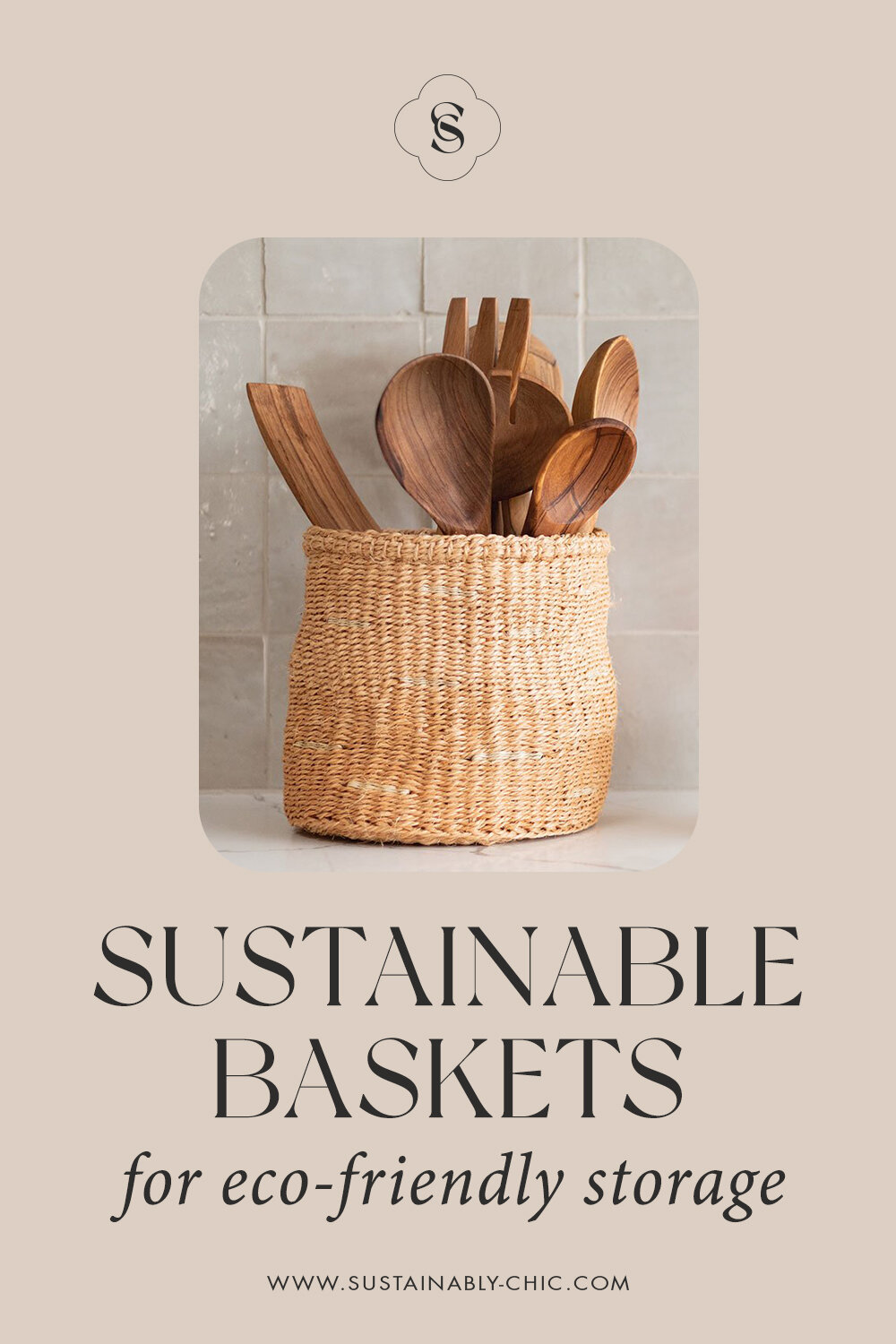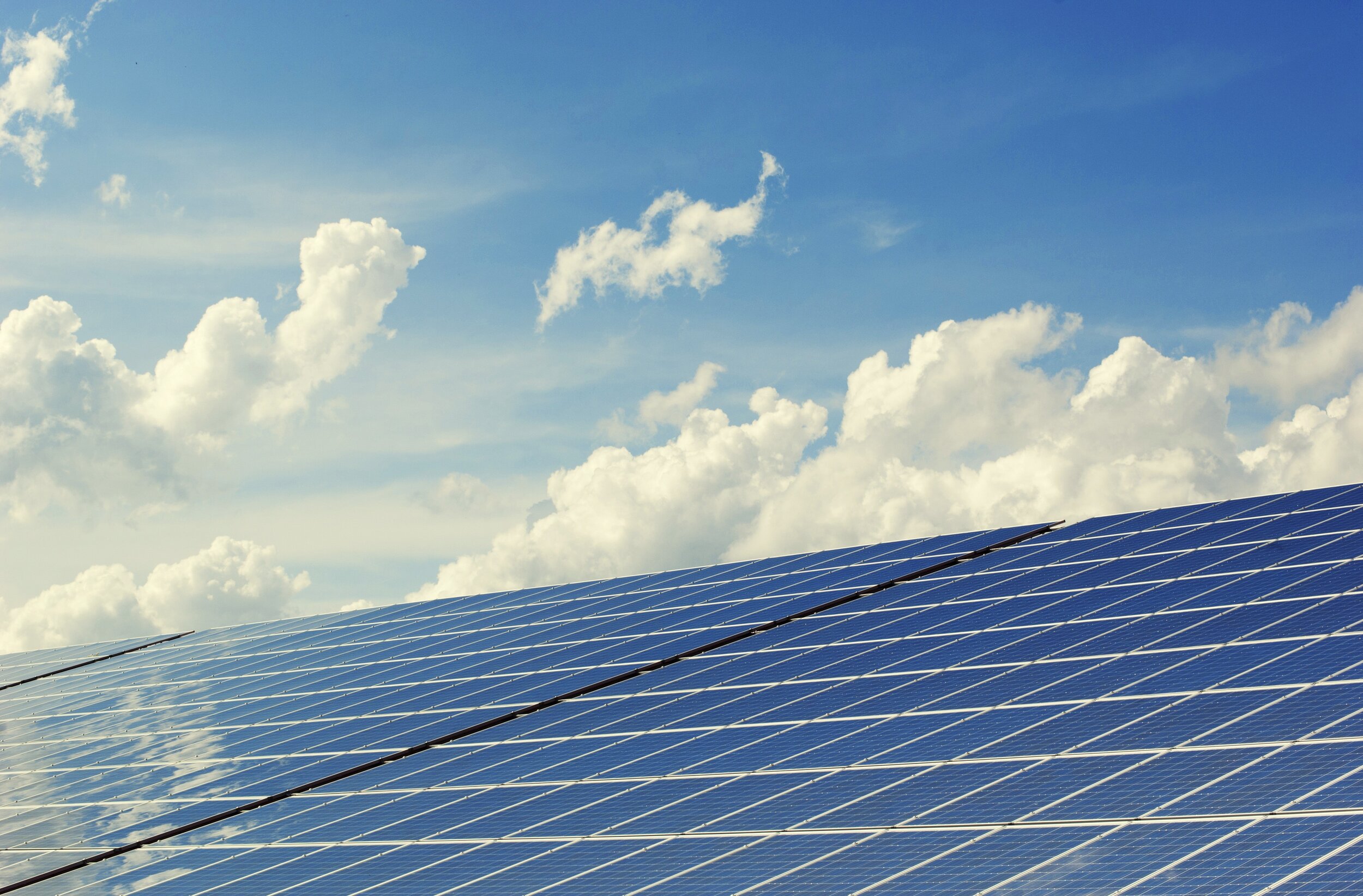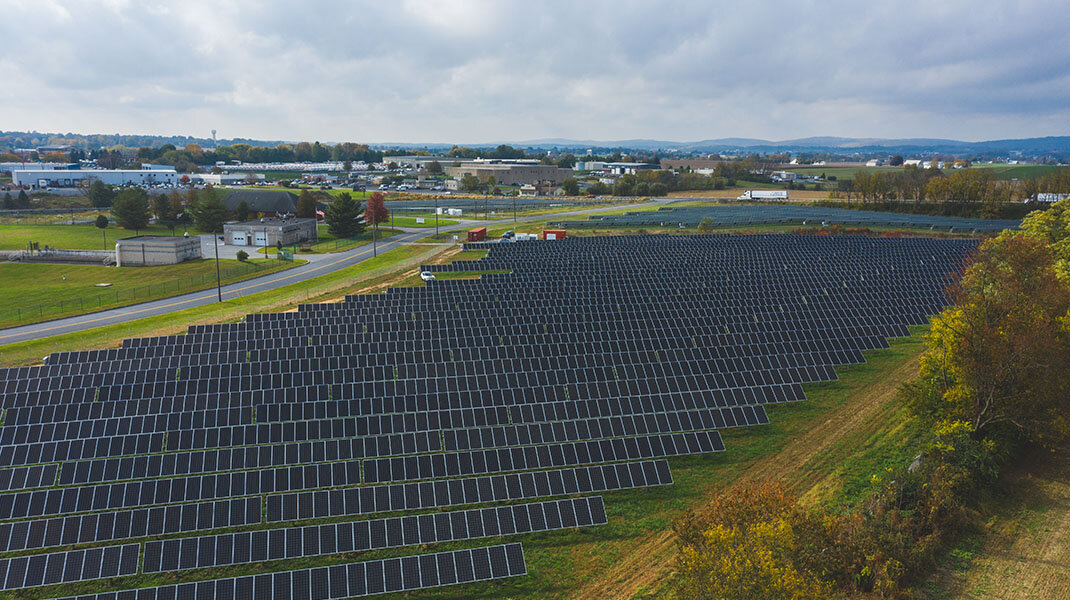image: Schoolhouse
Disclosure: Some of the links below are affiliated; we may earn a small commission if you click through and make a purchase. We only ever add brands & products we truly believe in.
SUSTAINABLE LAMPS & LIGHT FIXTURES
Ever since electricity became accessible to many households in the first half of the 20th century, lamps have been a must-have essential in our homes.
We use them to illuminate every single room in our houses and apartments. Plus, we also see them as beautiful home decorations and find them helpful to create a cozy, welcoming atmosphere.
However, the fact that they are very useful in our daily lives does not mean we should over-consume them and not be careful when buying them. We should still look for more eco-friendly lamps that will not harm our precious planet. And fortunately, there are many options on the market!
These 14 brands design and create ethically made, sustainable lamps and light fixtures so that we can lighten up our spaces all while being eco-conscious consumers.
WHAT MAKES A LAMP SUSTAINABLE?
To be sustainable, a lamp or light fixture should be durable and built to last for many years. You do not want to replace it every year because it is so poorly made!
Of course, it should also be made from high-quality and eco-friendly materials, and produced in an ethical environment. Try to look for lamps that are handmade and produced in small batches by artisan communities.
Finally, if you want your lamp to be more sustainable, do not forget to use LED light bulbs with it. Not only are they more energy-efficient, but they also last a lot longer compared to other types of light bulbs!
WHAT ECO-FRIENDLY MATERIALS SHOULD YOU SEARCH FOR?
Sustainable lamps and light fixtures can be made from a variety of materials. For instance, you cannot go wrong by choosing lamps made from recycled materials.
These are very sustainable as we are giving a new life to used resources that would otherwise go to waste, and we do not need to source new ones as well! You can find lamps made using recycled glass, reclaimed wood, or recycled metals. Some brands even incorporate recycled plastic into their designs!
You can also choose lamps made of durable, heirloom-quality materials like brass, copper, or steel. While these may have a larger environmental footprint during their production process, they are extremely long-lasting materials that can last for generations.
Sustainable lamps can also be made from natural materials that are usually sourced locally. Depending on the region where they are produced, it could be materials such as palm leaves, ceramic, rattan, bamboo or grass. FSC-certified wood is another great eco-friendly option!
NOW, OUR TOP PICKS FOR BEAUTIFUL, SUSTAINABLE LAMPS & LIGHT FIXTURES
1) 54kibo
Categories: Floor Lamps, Table Lamps, Pendant Lighting, Chandeliers, Wall Sconces
Materials: Copper, Brass, Wood, Glass, Steel
Price: $218-4,498
54kibo is a female-owned brand that sells African-style home decor and accessories made by artists from Africa and its diaspora. It has a huge selection of light fixtures, floor lamps, table lamps, chandeliers and wall sconces that are all handmade using centuries-old techniques.
54kibo has a mesmerizing collection of Moroccan lamps made of locally sourced brass or copper. The Amur Copper floor lamp features an etched globular shade with tiny holes that allow the light to seep through the structure to create a soft illumination of the space.
If you prefer a pendant light fixture, the Ndebele woven green pendant light is probably the most unique of all 54kibo lamps! Handcrafted in South Africa, it has carved wood rings that are wrapped in a colorful wax cord, creating a cool, fun pattern.
2) VivaTerra
Categories: Pendant Lights, Table Lamps, Nightlights
Materials: Recycled Glass, Ceramic, Raffia, Recycled Metal, Bamboo
Price: $19-599
VivaTerra is a California-based home decor brand that sells handmade goods for the home and the garden. It sources its products from artisan communities in more than 20 countries across the globe.
The company offers many types of pendant light fixtures, as well as different wall sconces and table lamps, all made of eco-friendly materials. It even has several nightlights all made from recycled glass.
If you love ceramic, you will fall in love with VivaTerra’s Terracotta glazed table lamp! Its ceramic base is finished in an earthy terracotta rust that transitions into a grayish glaze. Its crystal foot and gray linen shade make it even more beautiful and elegant.
VivaTerra regularly supports local charitable organizations such as food pantries and non-profits specializing in environmental conservation.
3) Chairish
Categories: Table Lamps, Floor Lamps, Desk Lamps, Chandeliers, Pendant Lighting, Wall Lights
Materials: Vintage Materials
Price: $15-50,000
Chairish is the ultimate destination for vintage and used furniture and home decor. The online shop currently has over 100,000 lighting options listed on its website, and it has lamps for every budget, from chandeliers and floor lamps to wall sconces and table lamps.
Since all the products are vintage or second-hand, supporting this platform means that you are giving a new life to gently used pieces that are all incredibly beautiful and well made.
If you want a unique pendant lamp, why not check the Louis Weisdorf “Multi-Lite” one? Created in 1972 by a Danish designer, it has two sculptural and geometrical shades that can be rotated to change the direction of the light.
4) Burrow
Categories: Floor Lamps, Table Lamps, Wall Sconces, Pendant Lights, Desk Lamps
Materials: Brass, Wood, Marble, Glass
Price: $75-300
Burrow is a sustainable furniture brand selling all kinds of lamps that would fit into any home. It only uses high-quality, durable materials so that its products can last for years.
The brand has a great selection of table and desk lamps, some of which can be mounted on the wall as a sconce.
Most of them are made of brass, but you can also choose among a few wooden options. Some lamps even have an elegant black or white marble base.
Burrow also sells stylish, eye-catching pendant lights and sleek wall sconces, not to mention its mid-century-inspired floor lamps. With its three conical shades, the brand’s Lyle 3-arm floor lamp offers a warm, ambient glow. Its arms are adjustable, and each bulb can be controlled independently of the others.
5) Dounia Home
Categories: Pendant Lights, Chandeliers, Table Lamps, Wall Sconces
Materials: Brass, Copper, Nickel Silver
Price: $400-3,500
Dounia Home is Marrakech-based lighting and home decor brand that handcrafts its products using traditional metalworking techniques passed down through generations.
Its designs are inspired by 7th-century Moroccan architecture.
The brand offers a great variety of pendant lights, chandeliers, wall sconces and lamps. They are made of locally-sourced metals, such as brass, copper and nickel silver.
We particularly love Dounia Home’s Amur mushroom table lamp, which requires 80 hours of production time! Available in four colors, it has a fun mushroom-shaped silhouette with a perforated dome shade and a geometric base. The lamp combines a mid-century design with Moroccan craftsmanship.
Dounia Home pays its artisans 30% more than the fair trade standards. All its products also come in handmade, reusable fabric bags.
6) Ten Thousand Villages
Categories: Table Lamps
Materials: Paper, Bamboo, Salt Crystal, Wood, Metal, Onyx Stone
Price: $35-175
Ten Thousand Villages sells ethically-sourced, handcrafted goods in partnership with over 20,000 makers from more than 25 developing countries.
The brand offers several table lamps, including different mood lamps made of metal or paper and bamboo. They are ideal if you want to set a relaxing and calming mood in your home!
Ten Thousand Villages also has a one-of-a-kind lamp made out of an onyx stone, which is incredibly beautiful! Its salt lamps give a magical glow, particularly the Salt Crystal Globe lamp: with its colors varying from deep orange to pale pink, this lamp looks like the moon.
The brand is a member of the Fair Trade Federation and a founding member of the World Fair Trade Organization.
7) Golden Editions
Categories: Wall Lamps, Pendant Lights, Tables Lamps
Materials: Grass
Price: $172-571
Golden Editions is a home decor brand that creates hand-woven lamps, home textiles and baskets, working with two weaving communities in Ghana and highlighting the wonderful craftsmanship of this country. The brand makes all its pendant lights, table lamps and wall lamps using a locally-grown grass called Veta Vera.
They are produced in small batches using a traditional basket weaving technique from the north of Ghana.
Golden Editions’ Admirador Double wall lamp, which requires two days to be woven, is a true work of art! It doubles as a unique, artistic wall decoration that will adorn any wall in your home. Available in three colors, the material is colored using vegetable or food dyes.
The brand reinvests 10% of the sale price back into the weaving communities.
8) Schoolhouse
Categories: Wall Sconces, Pendant Lights, Chandeliers, Surface Mounts, Table Lamps, Floor Lamps, Outdoor Lights
Materials: Brass, Steel, Wood, Linen
Price: $119-2,499
Founded in 2003, Schoolhouse is a lighting company dedicated to the preservation of the rich heritage of American manufacturing.
It has a very wide range of heirloom-inspired pendants, table lamps, wall sconces, and many others.
The brand’s lamps are made from ethically-sourced brass or steel in its factory located in Portland, Oregon. Some of its floor lamps also have wooden legs and a linen shade.
If you are looking for a statement piece to brighten up your dining table or foyer, Schoolhouse’s Vega chandelier is made for you! Sold in different finishes, this timeless light fixture has adjustable arm joints that can be arranged in many ways. It casts a radiant glow across any space!
9) David Trubridge
Categories: Pendant Lights, Table Lamps
Materials: Bamboo Plywood
Price: $540-19,815
David Trubridge is a New Zealand-based lighting brand that creates incredibly beautiful pendant lights. The brand was founded by designer David Trubridge, a recognized leader in environmentally responsible design.
The brand’s pendant lights are all inspired by nature and the places where David Trubridge has traveled.
Sold in various shapes and colors, they are all made from sustainably grown bamboo plywood produced in an FSC-certified factory.
You will absolutely love David Trubridge’s Snowflake pendant light! Made with snowflake-shaped components, it features intricate diamond apertures that allow the light to spill out in dappled shadows.
David Trubridge received many awards for his amazing creations and talent, including the John Britten Award by the Designer’s Institute of New Zealand, the country’s highest design award!
10) Klaylife
Categories: Chandeliers, Tables Lamps, Pendant Lights, Wall Sconces, Floor Lamps
Materials: Clay, Iron
Price: $478-4,898
Klaylife creates meaningful lighting, furniture, home goods and jewelry. The brand has become very popular thanks to its clay bead chandeliers, which are all handcrafted by women artisans in South Africa. Made using raw clay and iron, Klaylife’s chandeliers are masterpieces that everyone will admire in your home!
They are produced in a variety of shapes, colors and sizes.
The company’s L.I.M chandelier is ideal if you prefer modern pendant lighting and clean lines. Its minimalist, simple design will bring a bit of glam to your living room. Since each bead is hand rolled, each chandelier is a unique and one-of-a-kind piece.
Klaylife also sells several wall lamps, table lamps and floor lamps, all handmade in Spain combining contemporary design and traditional pottery techniques.
11) Uncommon Goods
Categories: Table Lamps, Pendant Lights, Wall Lights, Floor Lamps
Materials: Bamboo, Wood, Paper, Recycled Glass, Steel
Price: $30-760
The name says it all.
Uncommon Goods is an online marketplace selling truly unique home goods. It has everything from clothing and home decor, to kitchen things and lighting.
The brand makes a wide range of lamps and light fixtures, all with a cool, fun design. For instance, Uncommon Goods’ Ginkgo Accordion Sculptural lamp has an accordion-like shape that shifts from warm radiance to a white glow as you expand and compress it. It features a beautiful pattern of ginkgo leaves printed on its tearproof Tyvek paper.
Uncommon Goods creates many other models, including night lights made from recycled glass, a cloud-like pendant light, and even a wall light made of baked bread (yes, actual bread!).
The brand is a certified B Corporation that donates $1 to a non-profit of your choice with every purchase you make. So far, it has donated more than 2.8 million dollars to charitable causes.
12) Bicycle Glass Co
Categories: Chandeliers, Pendant Lighting, Wall Sconces
Materials: Recycled Glass
Price: $169-1,545
Bicycle Glass Co is a lighting company committed to sustainability and quality. It creates gorgeous pendant lighting, chandeliers and wall sconces all made of 100% pre- and post-consumer recycled glass.
Every light fixture is hand blown by a team of talented artisans in Minneapolis, MN.
The recycled glass is sourced locally from a nearby recycling facility.
If you are looking for pendant lighting to install over your dining table or kitchen island, we recommend the Swell 3 pendant cascade chandelier. It features three pendant lights in a cascading formation, and each of them has an elegant, distorted band that travels across the glass globe.
Bicycle Glass Co molds all its glass shades using its local library’s recycled newspapers. It is a sustainable technique that prevents marks from being left on the shades during the molding process.
13) SIN
Categories: Wall Sconces, Table Lamps, Pendant Light Fixtures
Materials: Ceramic, Terracotta, Brass
Price: $180-1,250
SIN designs minimalist-looking home goods combining fun shapes with functionality. The brand has many lamps available on its website, from mini table lamps to large pendant lights.
All SIN’s lamps and light fixtures are inspired by the natural world: they are designed in shapes that remind us of mountains, the sun or the moon.
They are made to order and handcrafted using ceramic in Brooklyn, New York.
Our favorite piece is the Ray sconce, a wall light that features ceramic coils and a terracotta backplate. Its glow is punctuated by the exposed light bulb, making everything look like the sun and its sun rays. Depending on your preferences, you can choose to have a small fixture with a large backplate, or alternatively, a large fixture with a small backplate.
14) PET Lamp
Categories: Wall Lights, Table Lamps, Floor Lamps, Pendant Lights
Materials: Upcycled Plastic Bottles, Bamboo, Straw, Grass, Palm Leaves, Wicker
Price: $164-7,751
PET Lamp is a certified B Corporation that designs stunning lamps and light fixtures using upcycled plastic bottles. The lamps are made by artisans from all over the world, using traditional techniques specific to each location.
PET Lamp combines a recycled fabric made from upcycled plastic bottles with natural, biodegradable materials, like wicker and palm leaves. It has created eight completely unique collections that add a cool touch to any home.
For instance, the brand’s Pikul floor lamp is decorated with fun, hexagonal and floral patterns. Handcrafted in Thailand, this lamp is made of bamboo which is first cut into fine strips that are then woven along the recycled plastic strips. The final product brings a warm, welcoming atmosphere to your room.
About the Author:
Eva Astoul is a French freelance writer, specializing in content related to sustainability, simple living, and a growth-focused healthy lifestyle. She runs her own blog, Green With Less, to inspire people to live a more minimalist and sustainable life.
MAKE SURE TO PIN THE PHOTO BELOW TO SAVE THIS POST FOR LATER!
WANT MORE SUSTAINABLE BRANDS? VISIT OUR BRAND DIRECTORY!
Our Brand Directory is home to hundreds of sustainable brands, from makeup to cleaning supplies, from underwear to shoes. We have broken everything down by category for easy shopping, along with discount codes unique to Sustainably Chic viewers.

